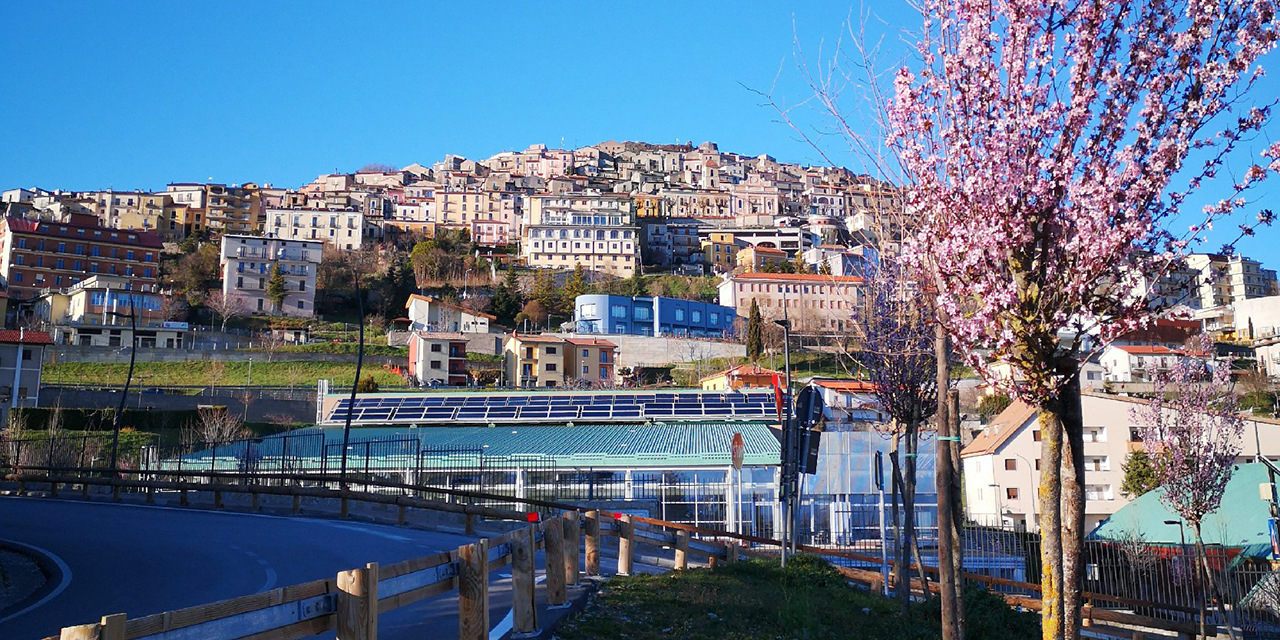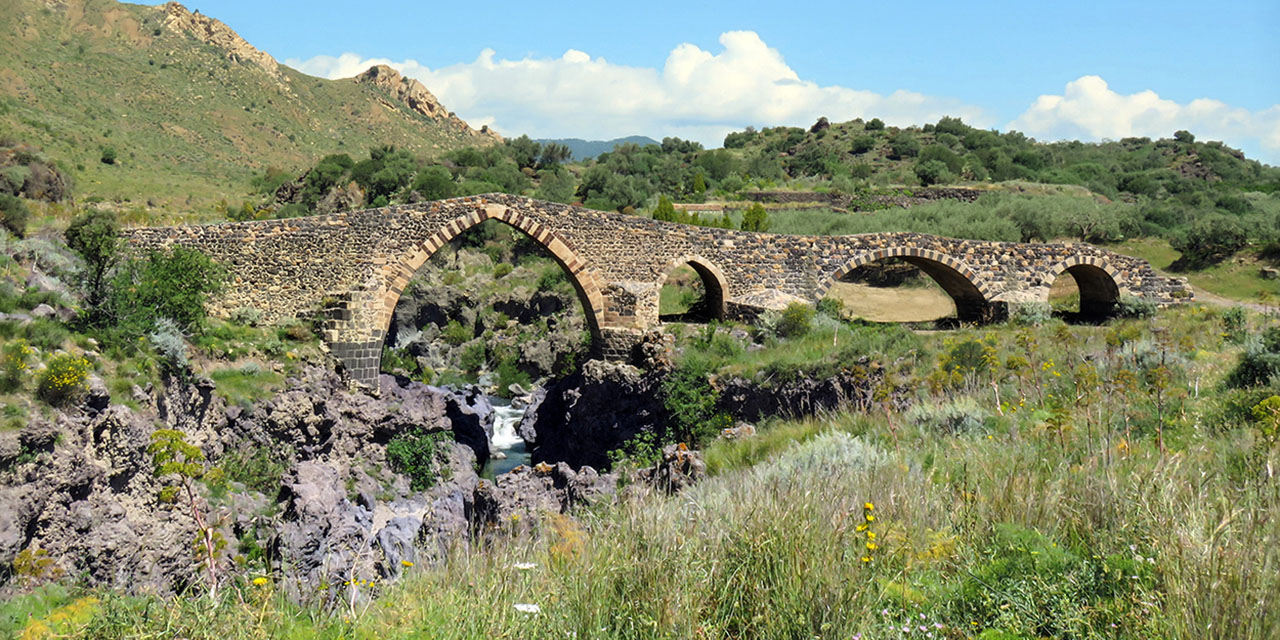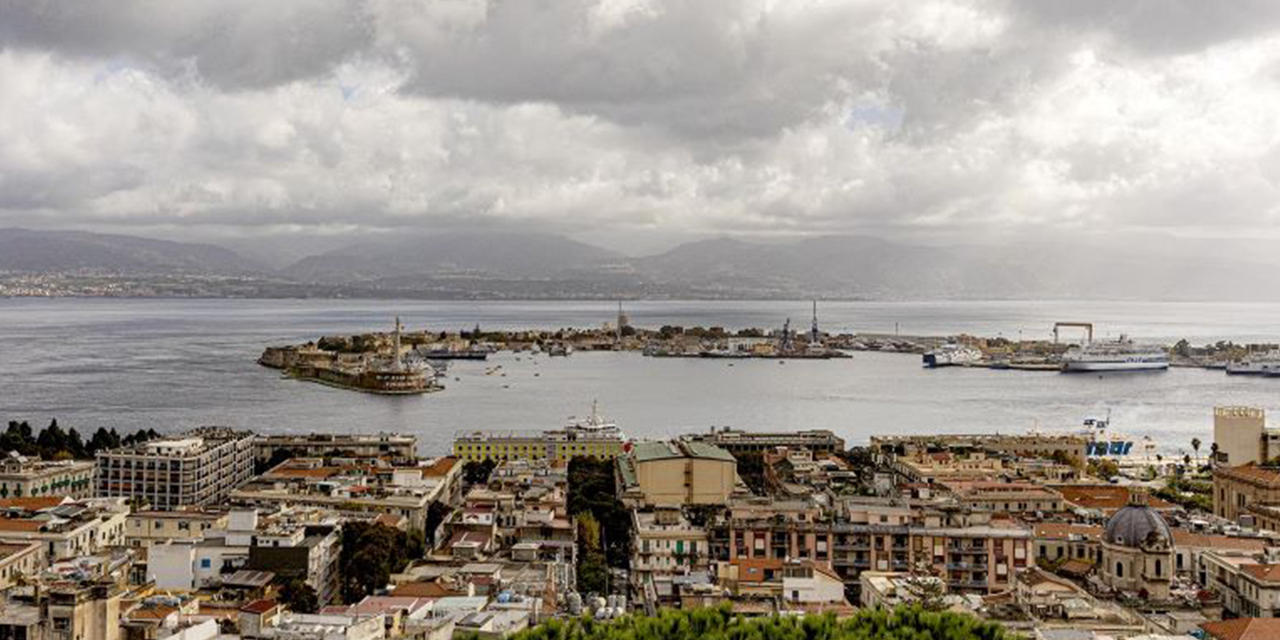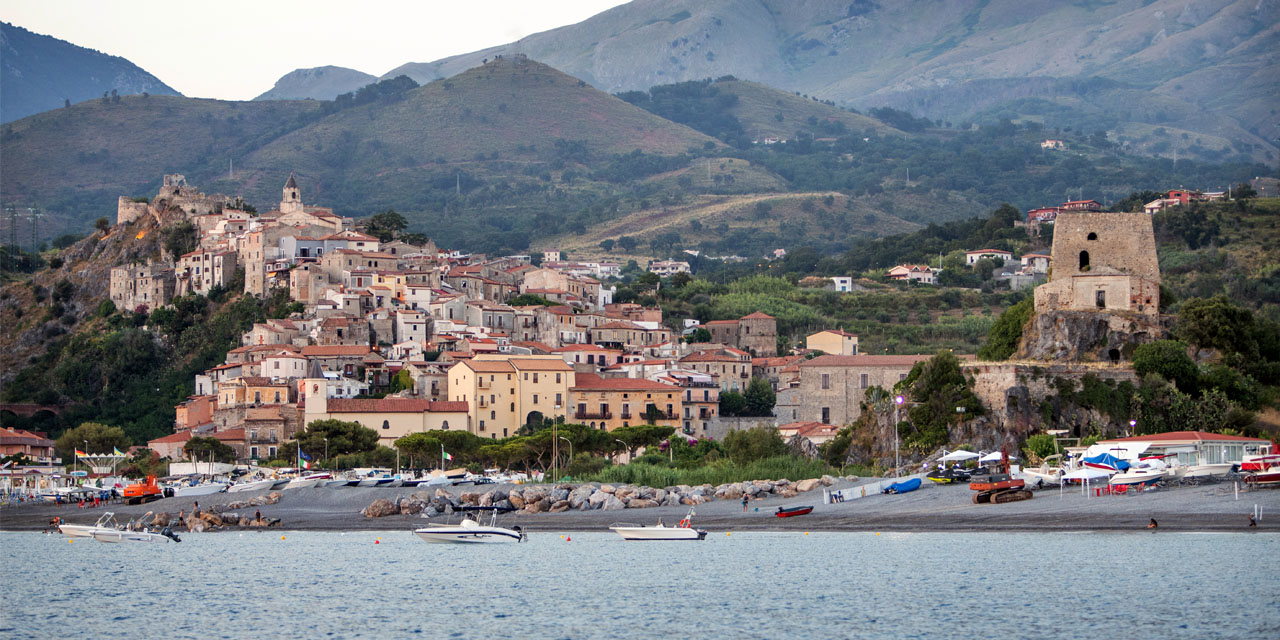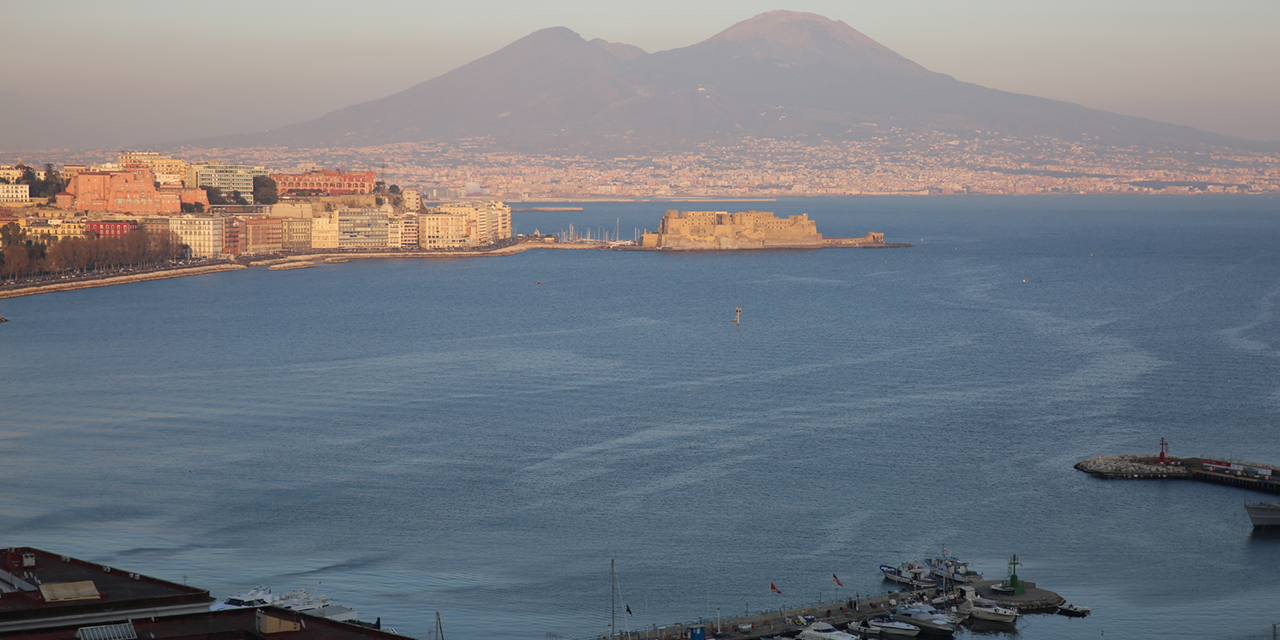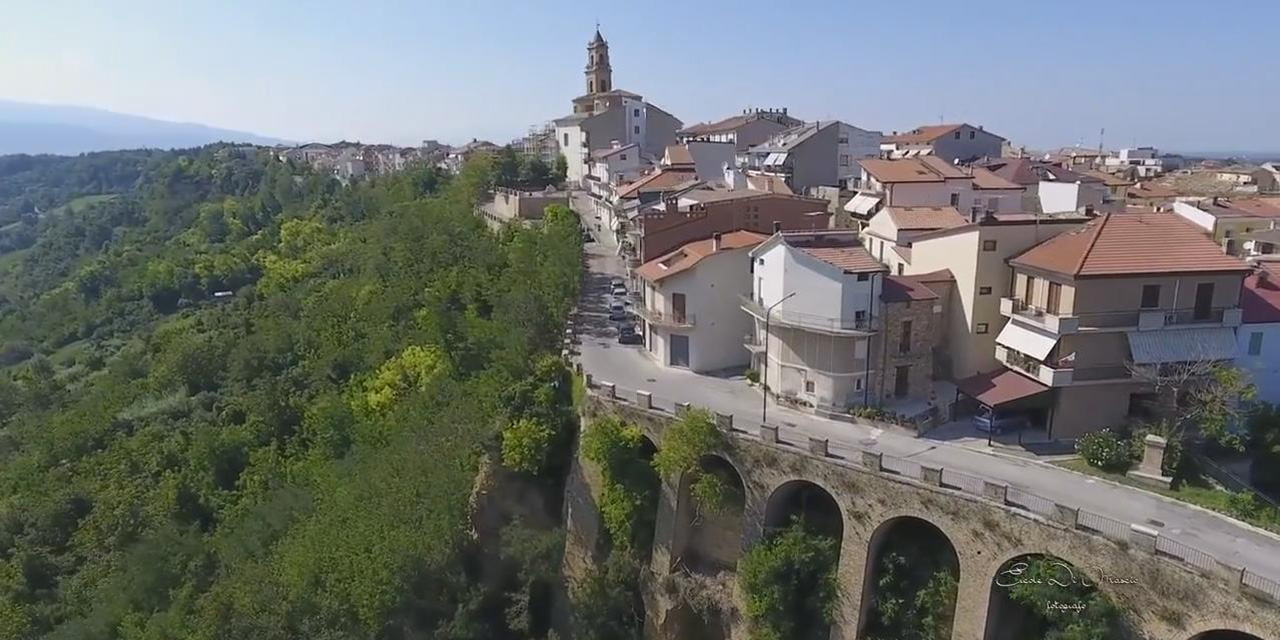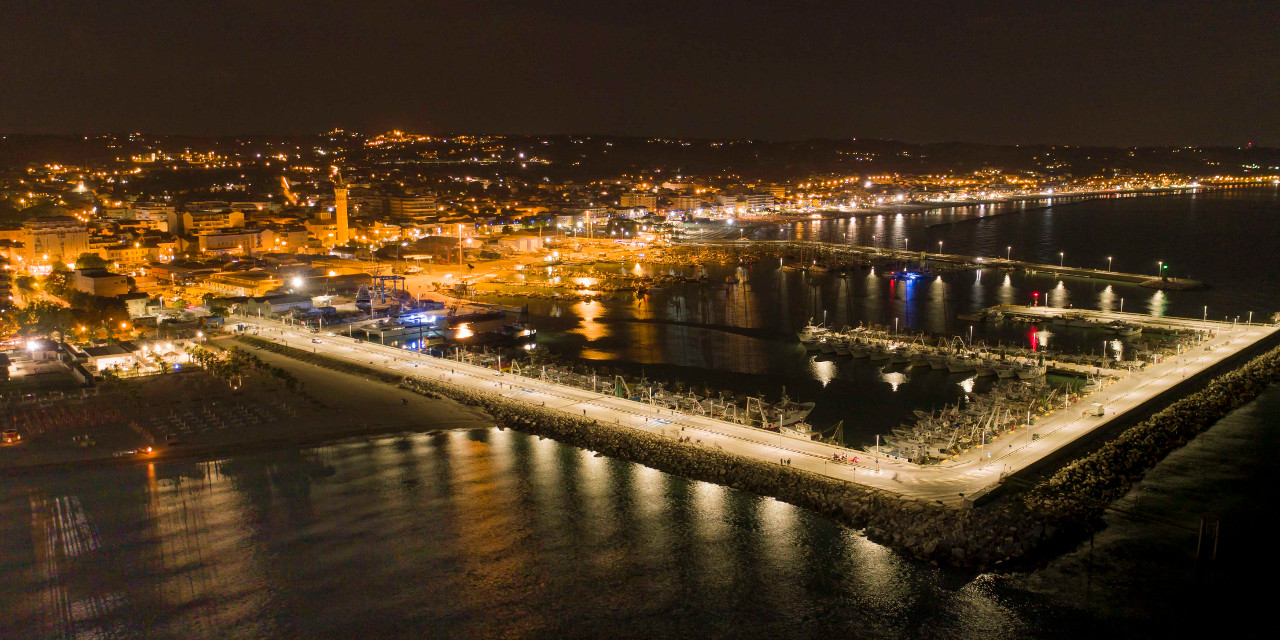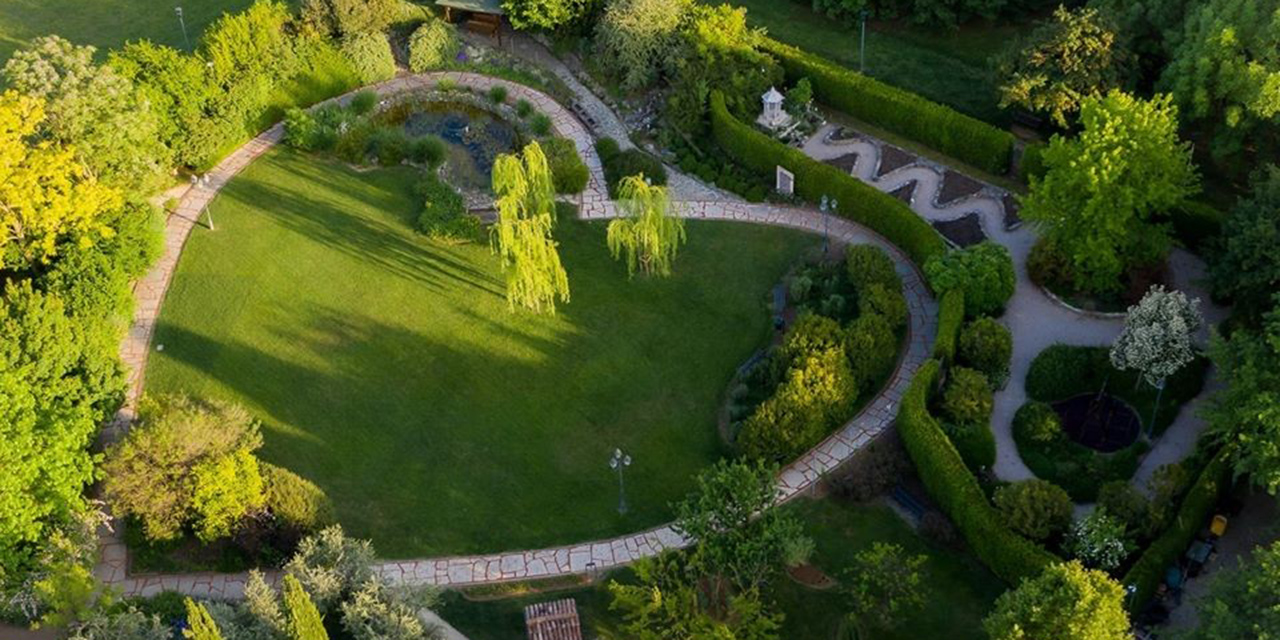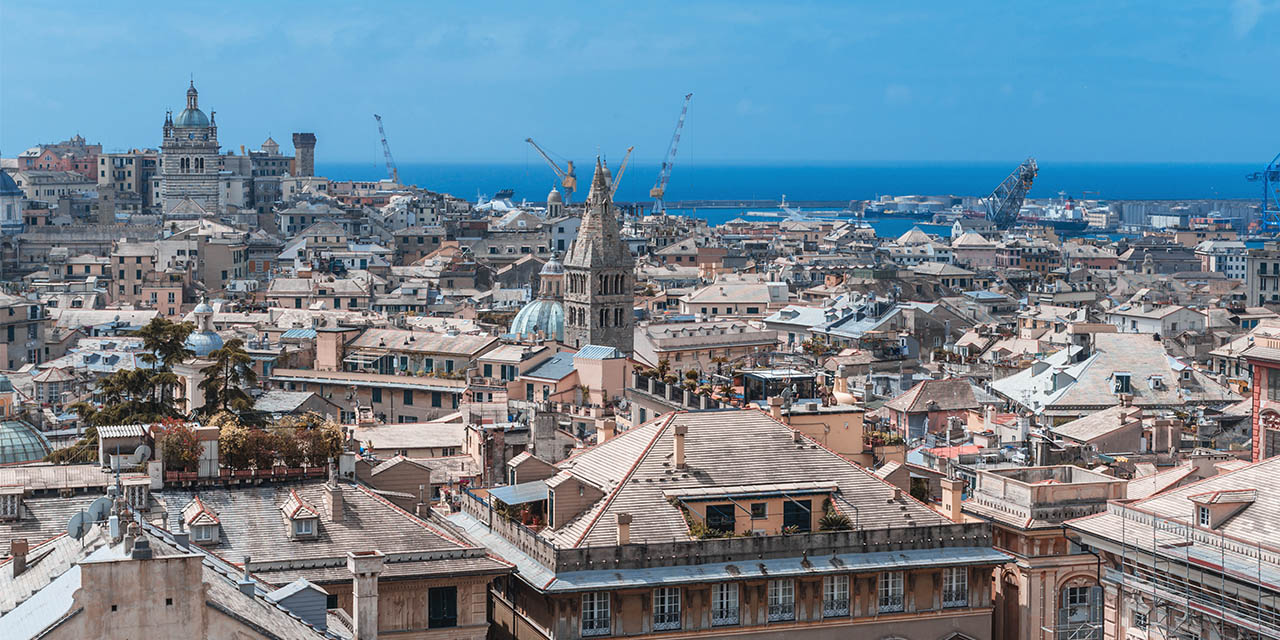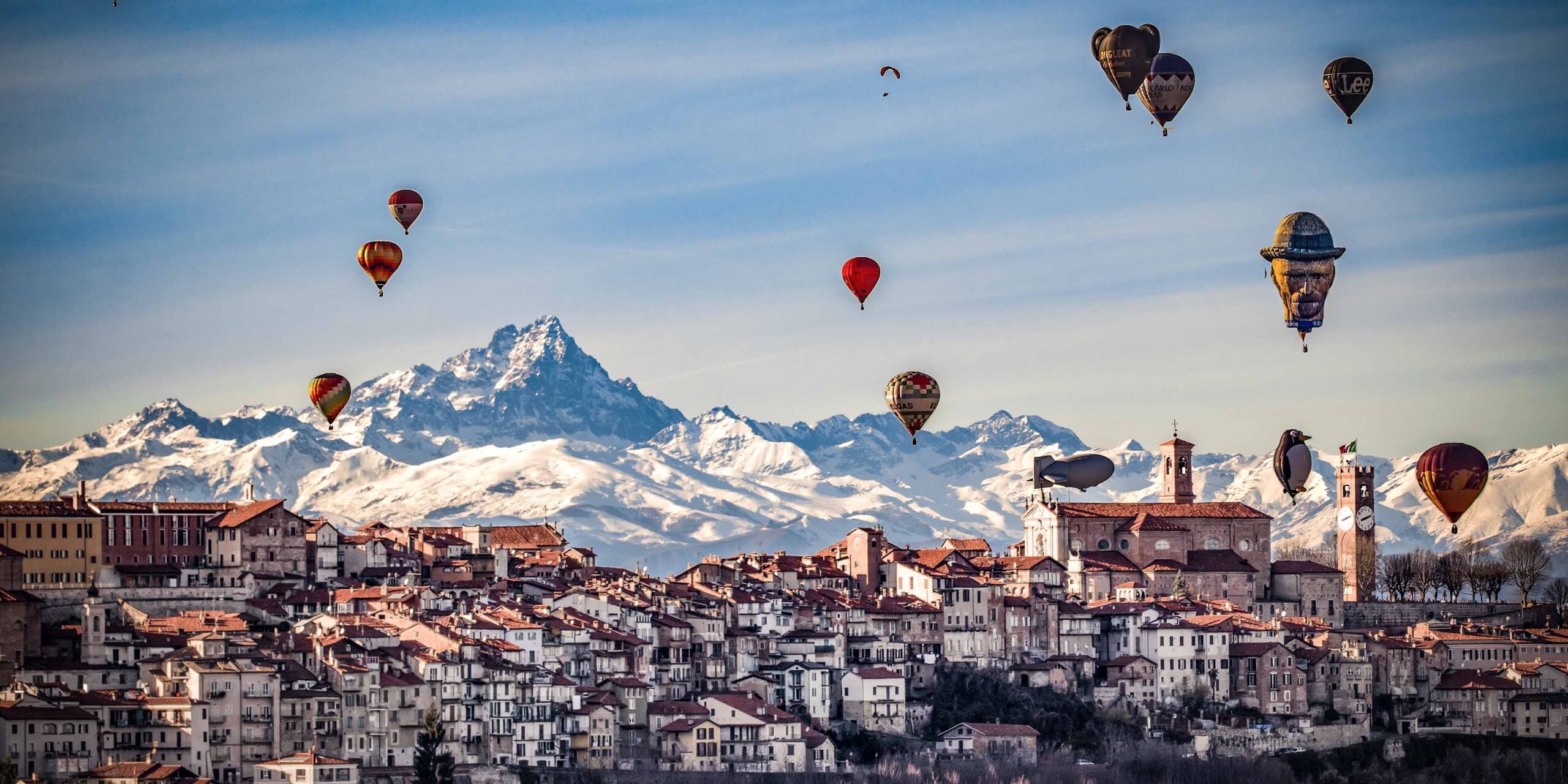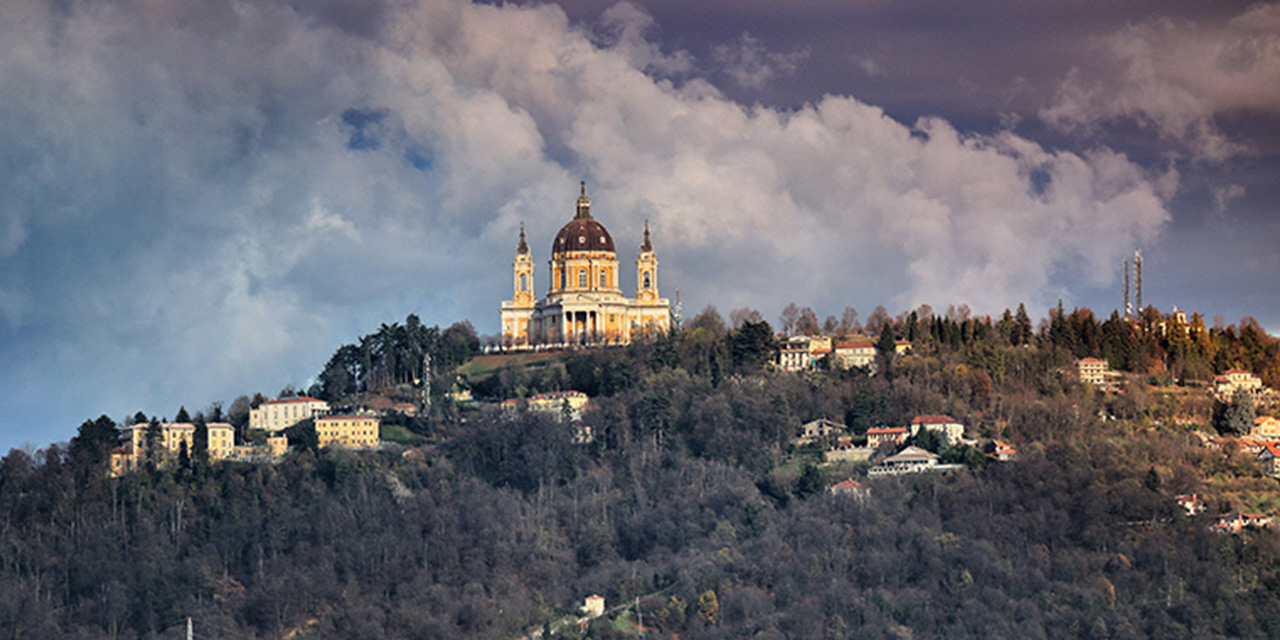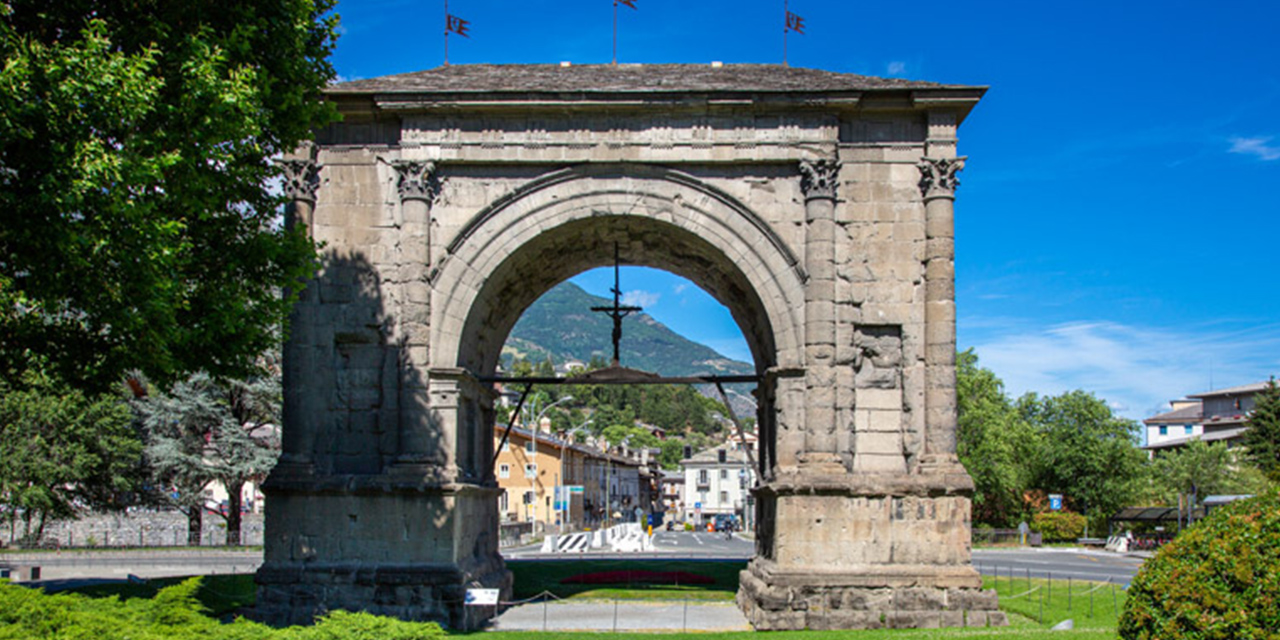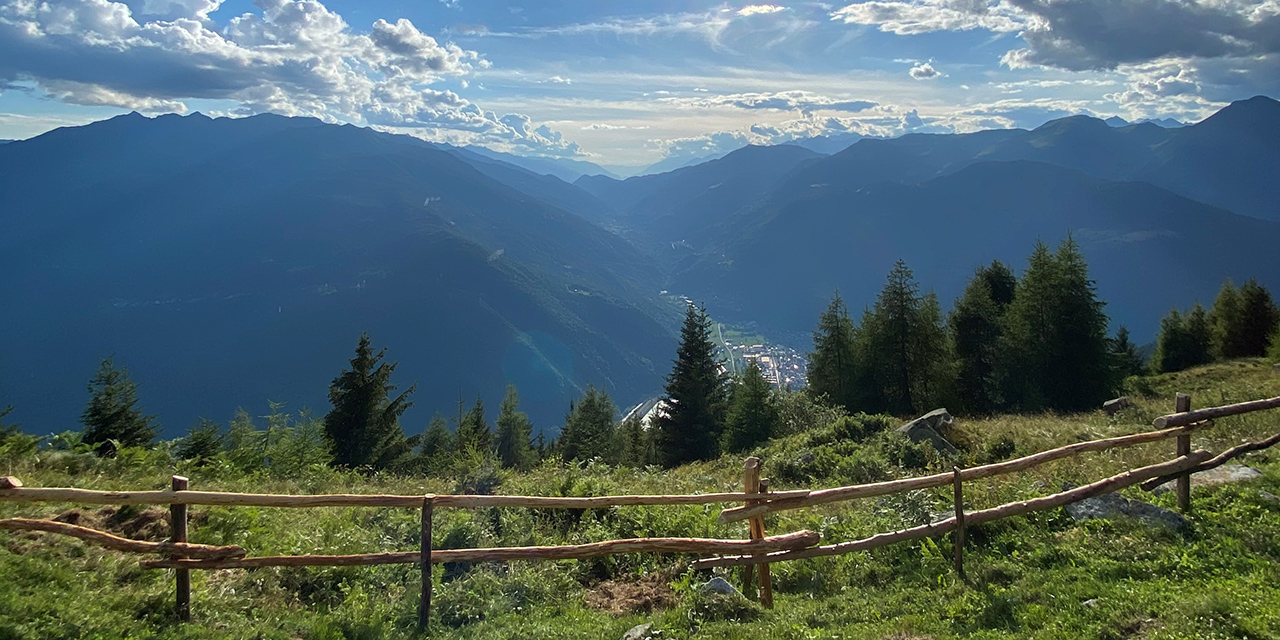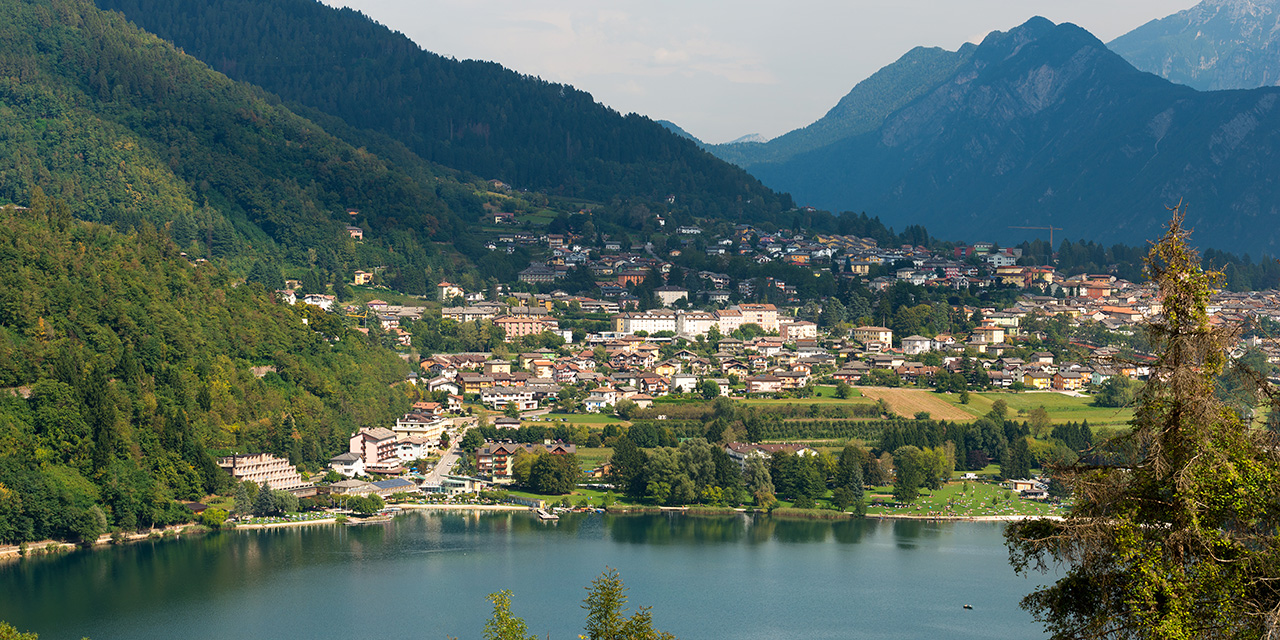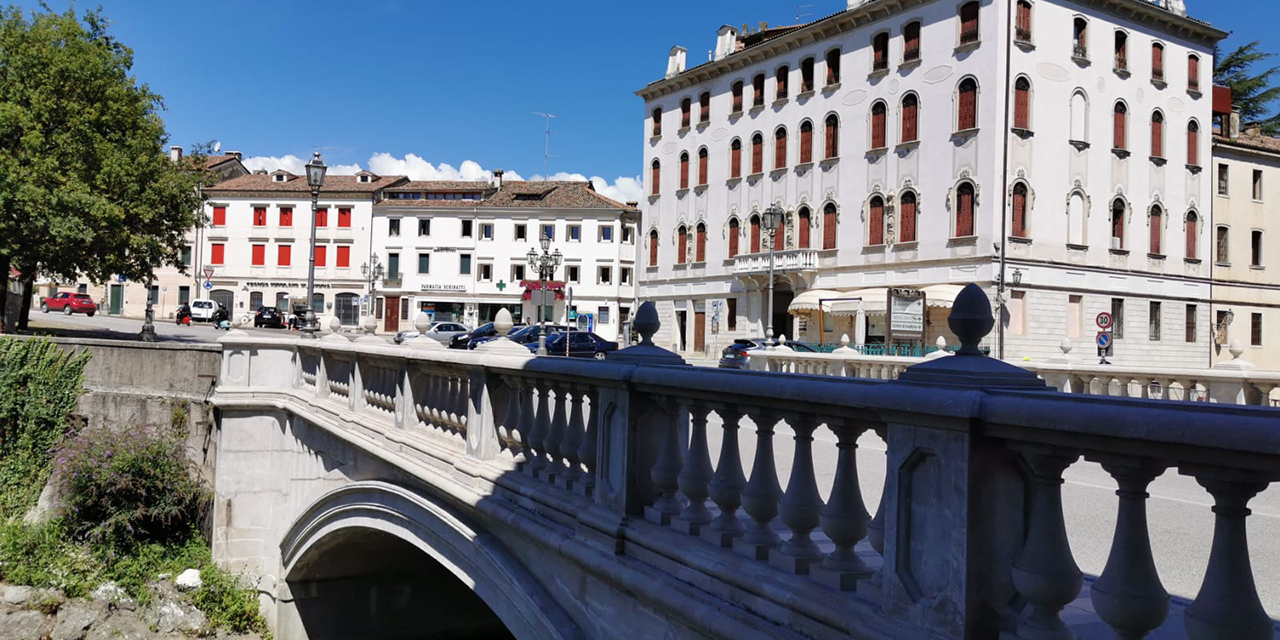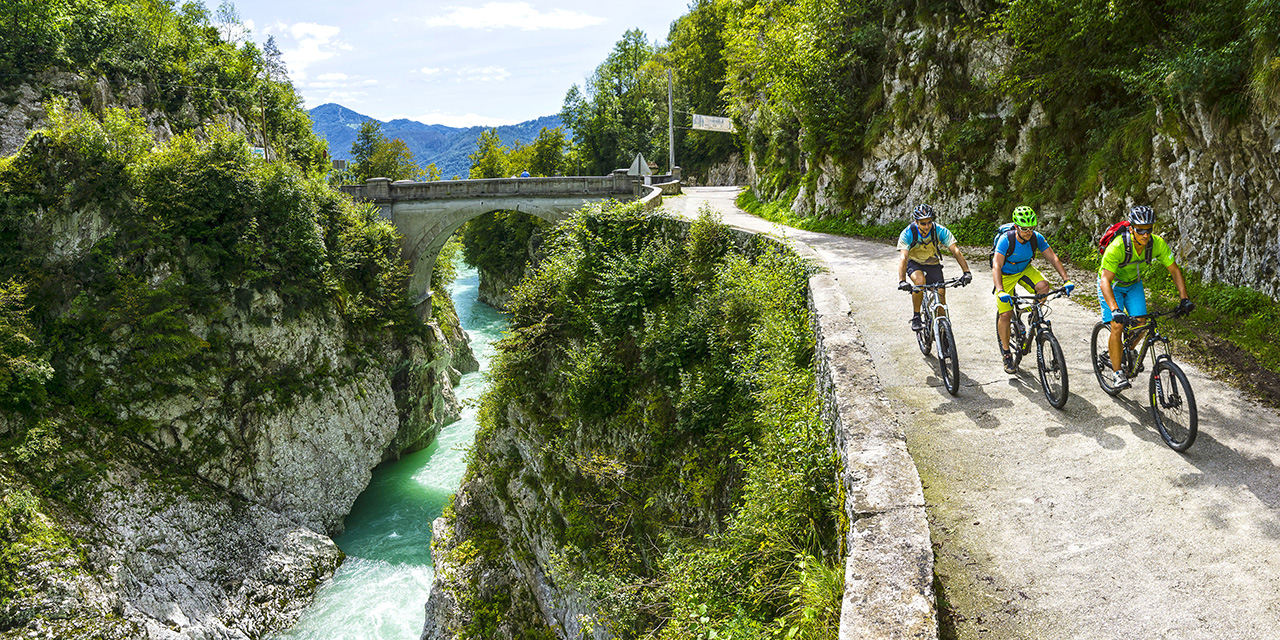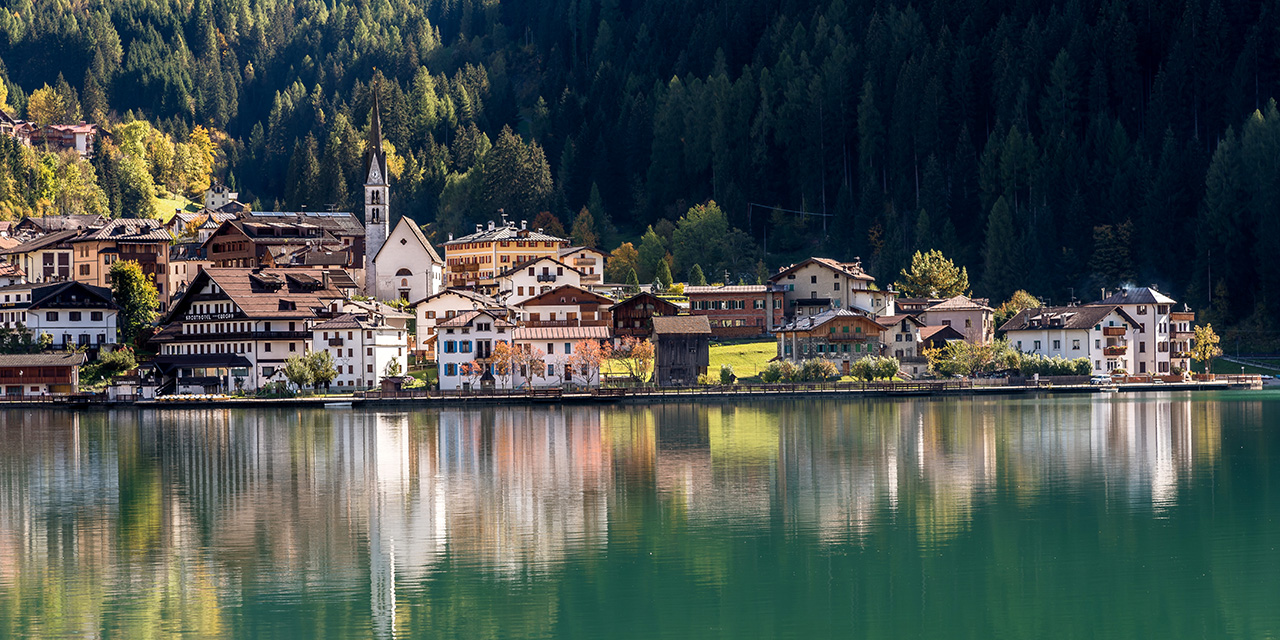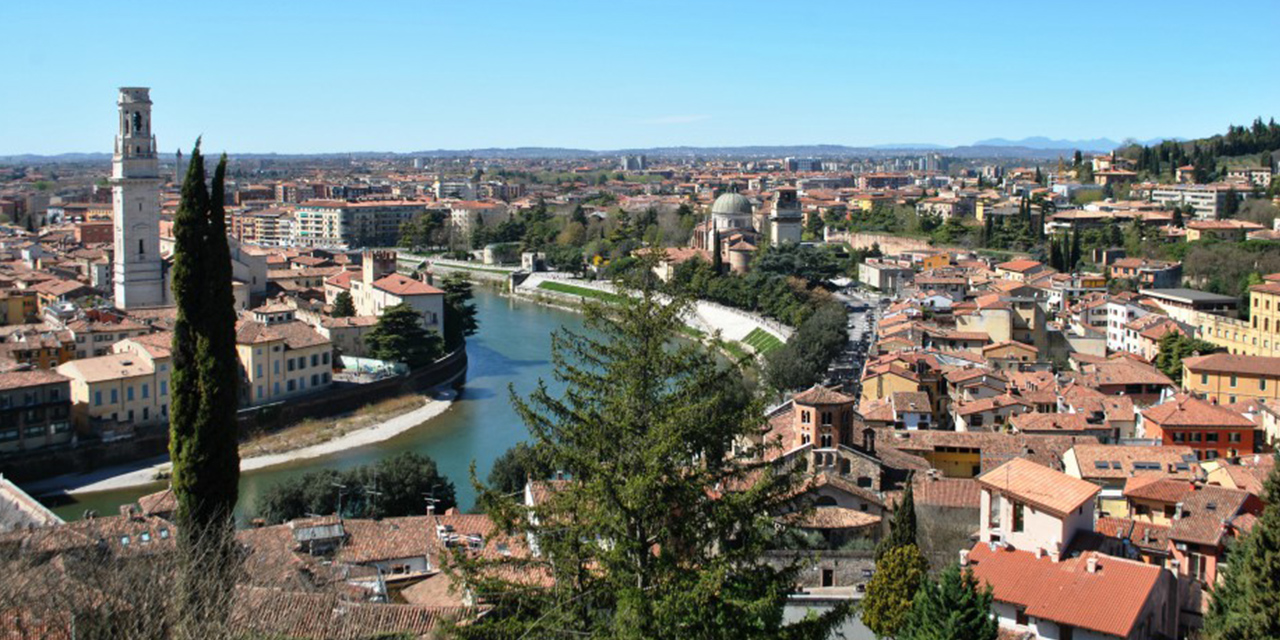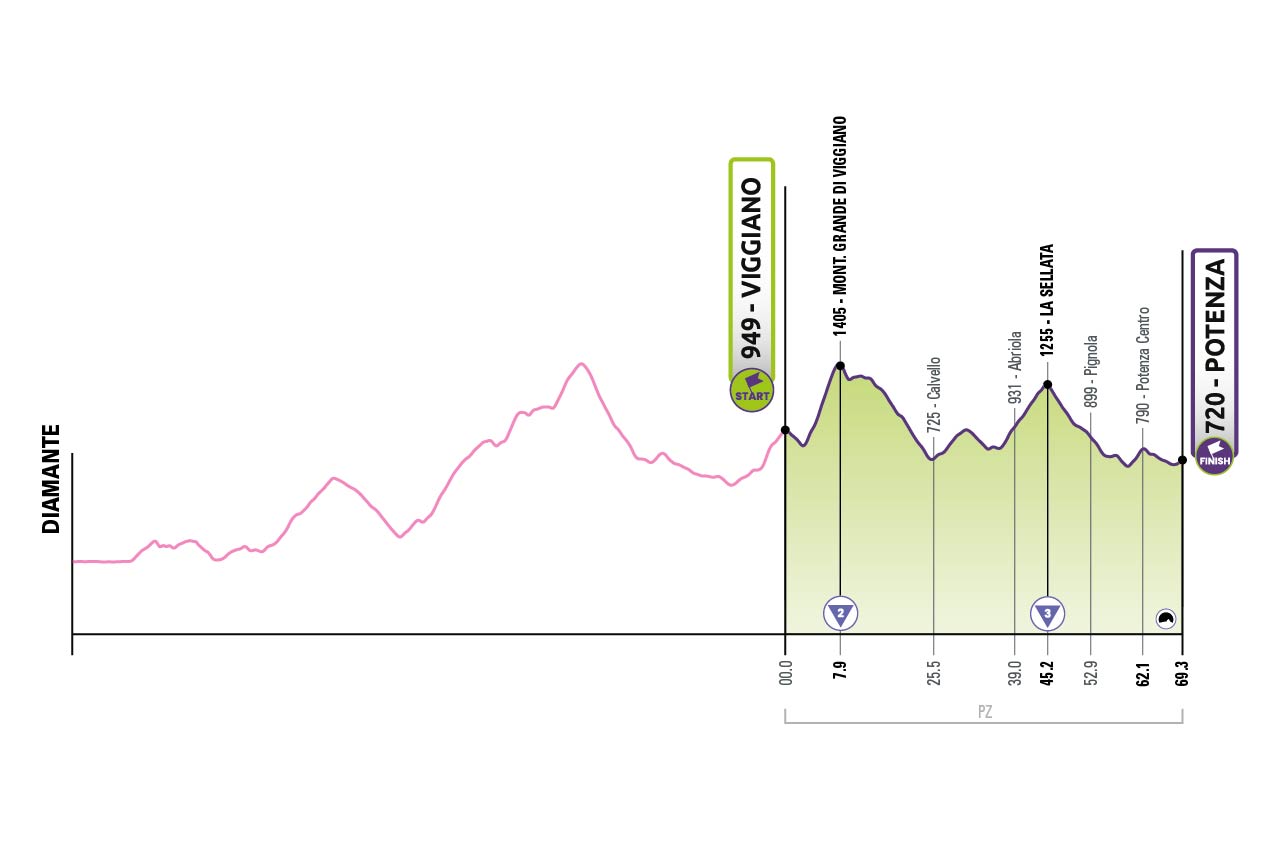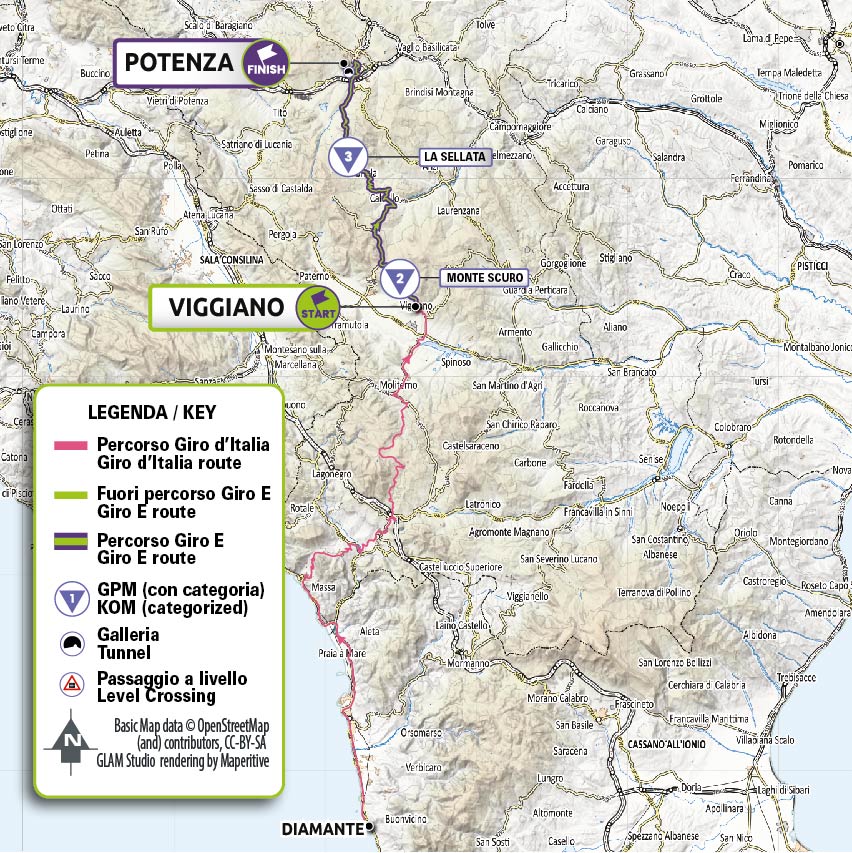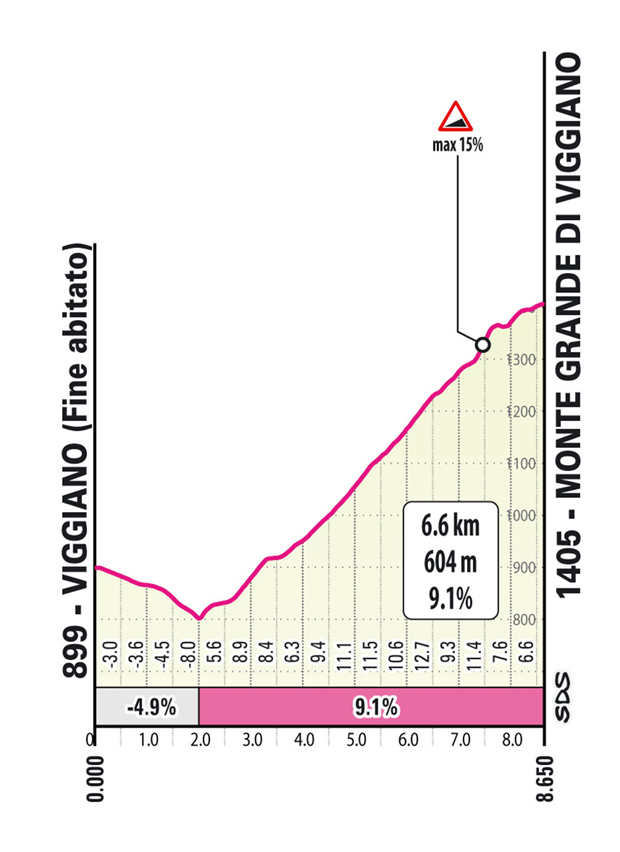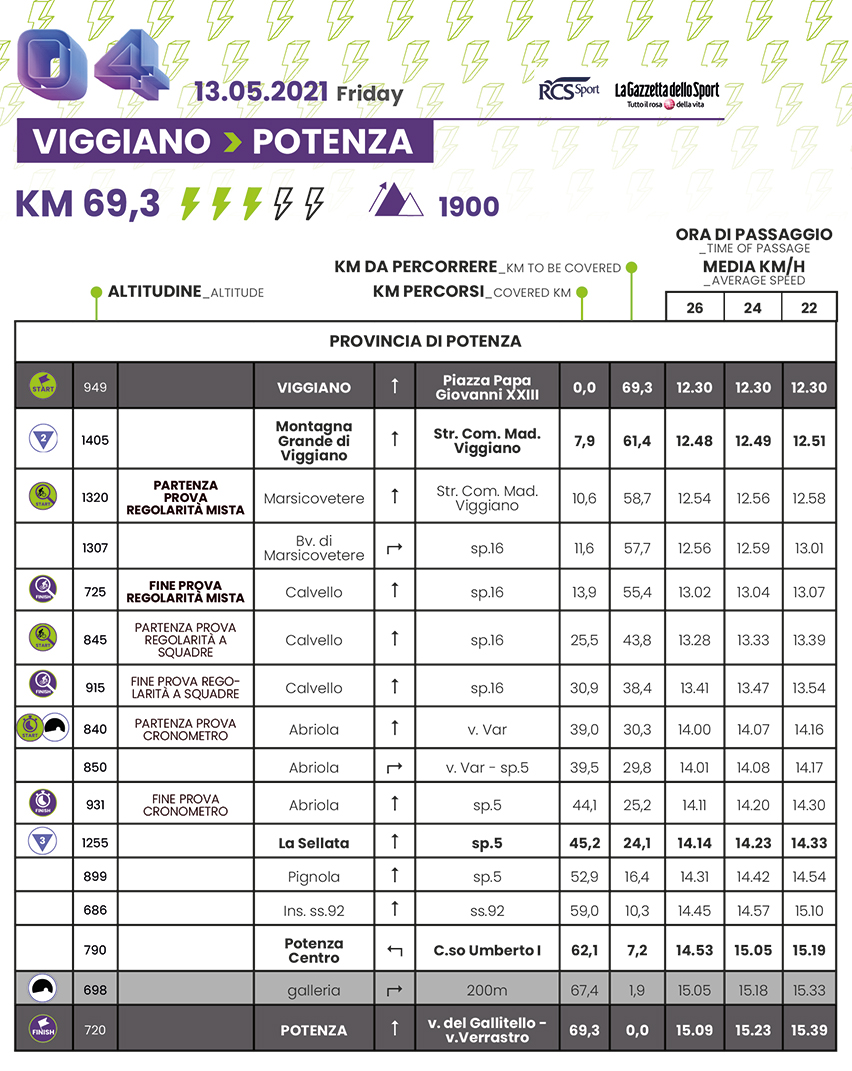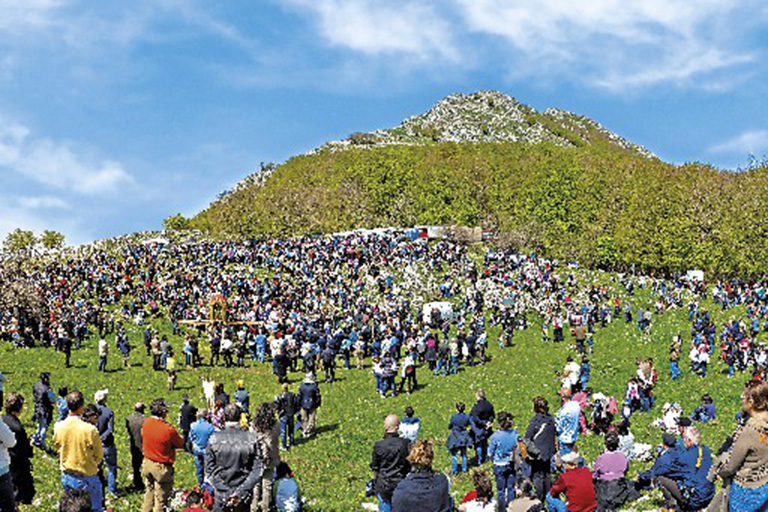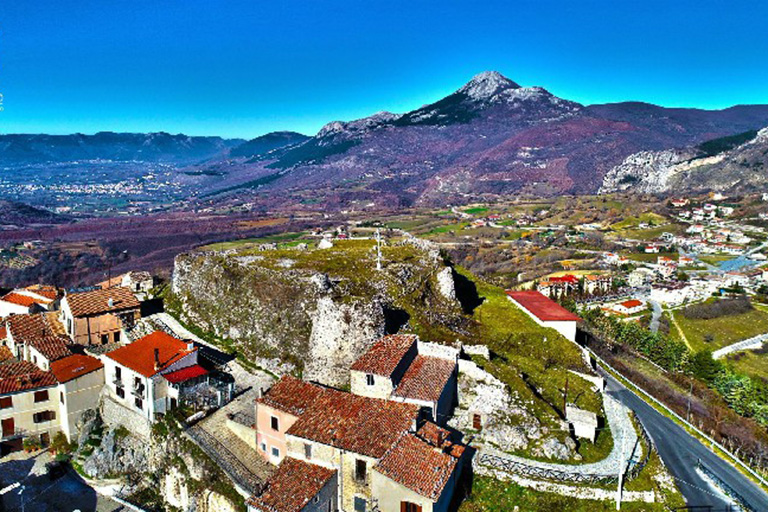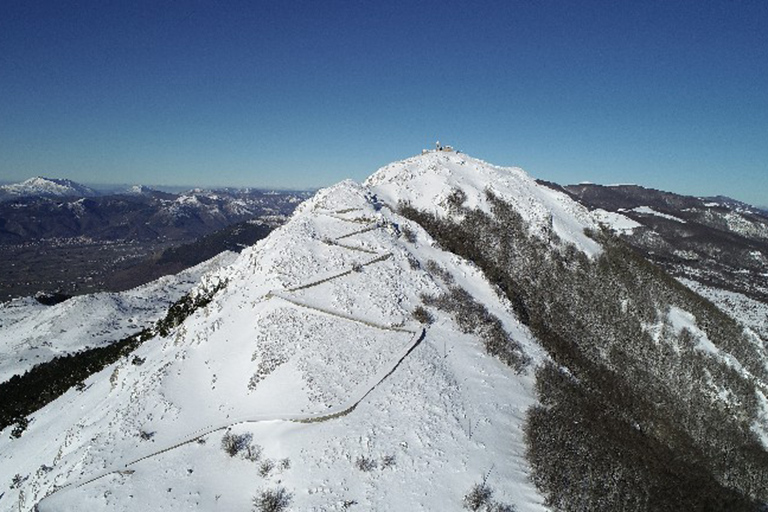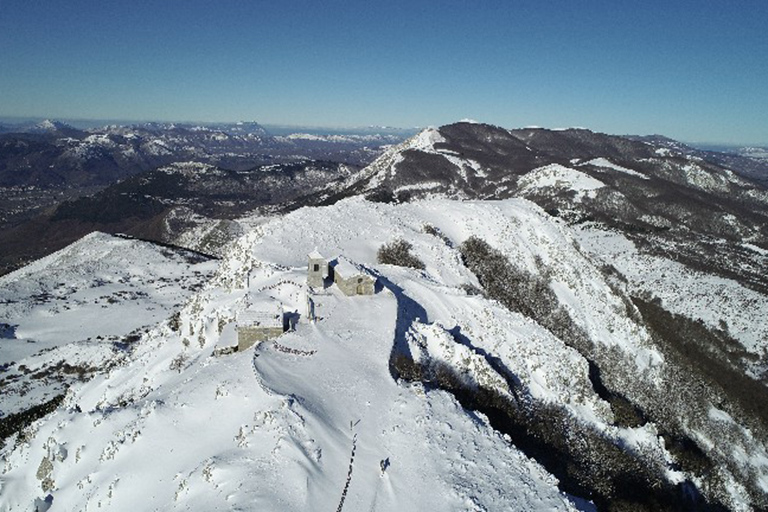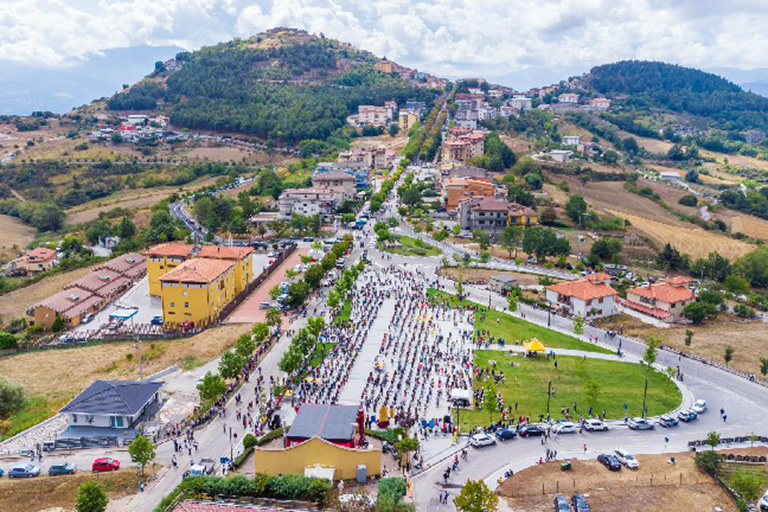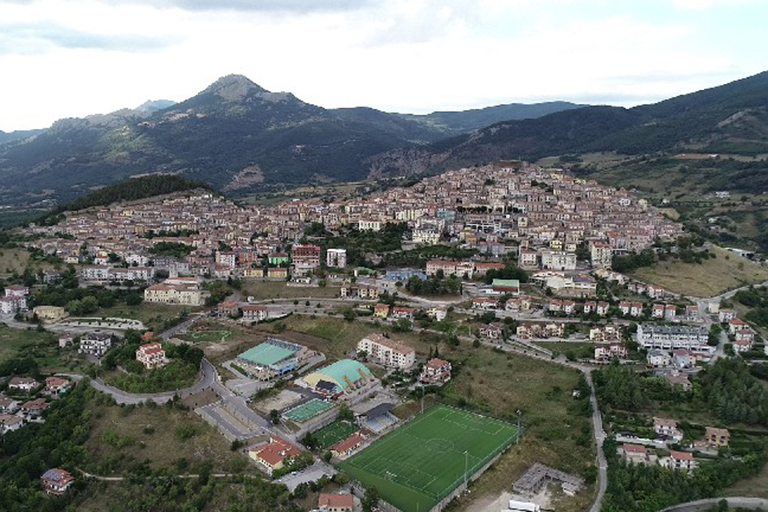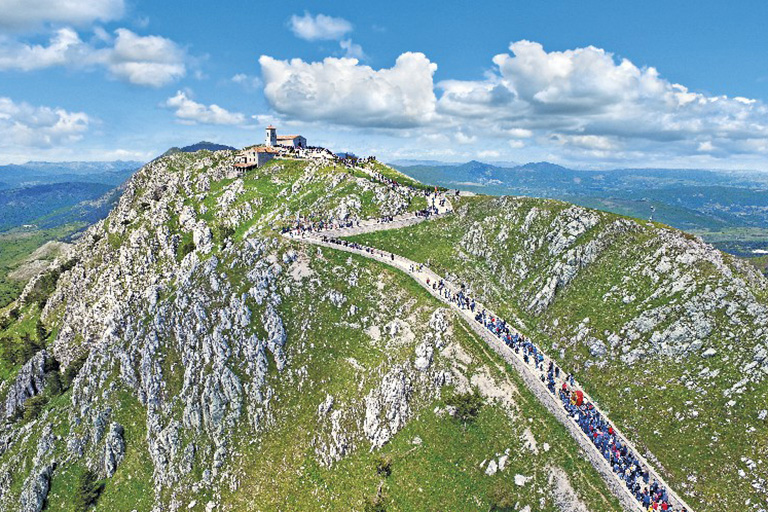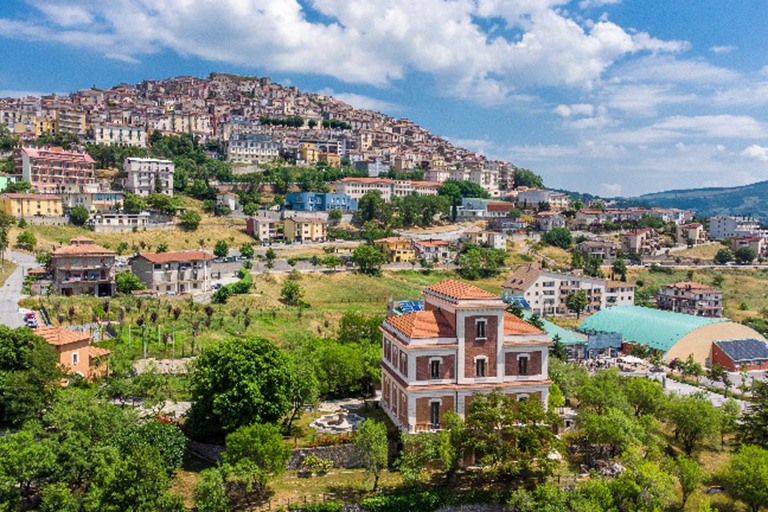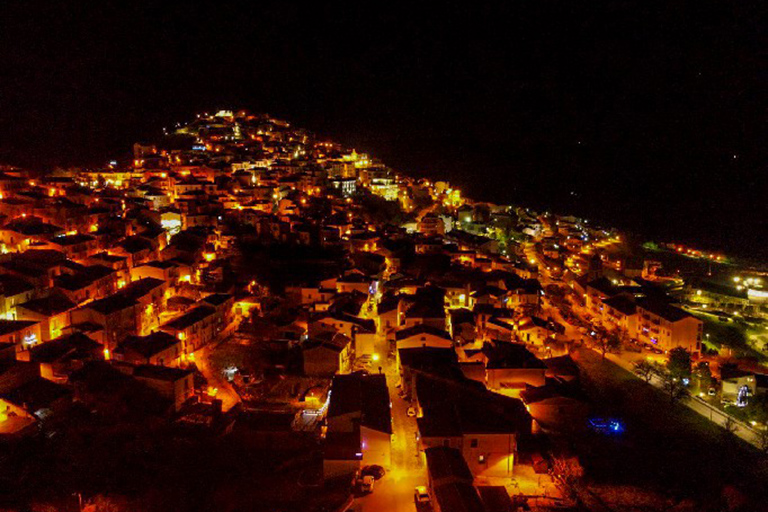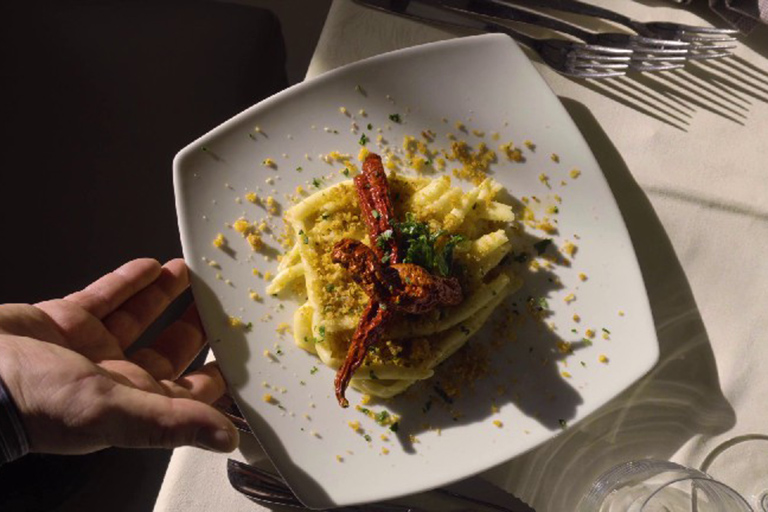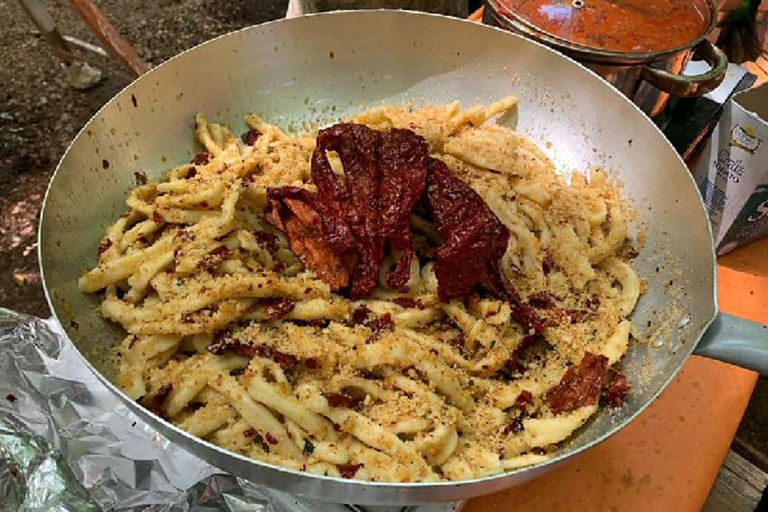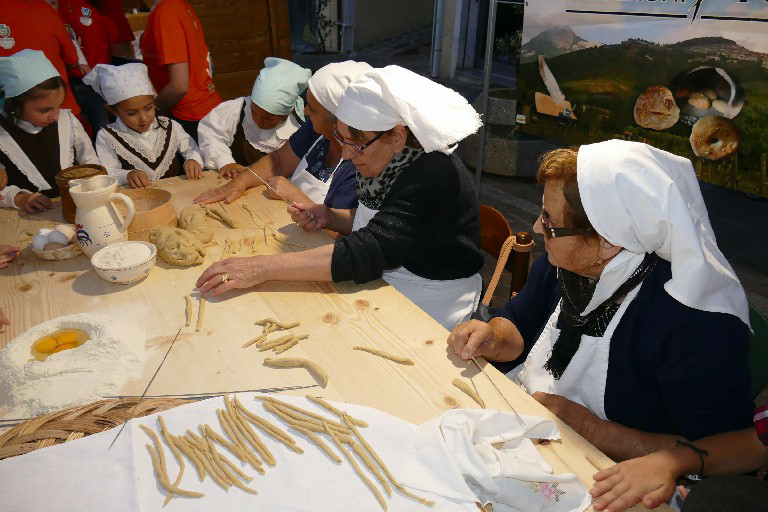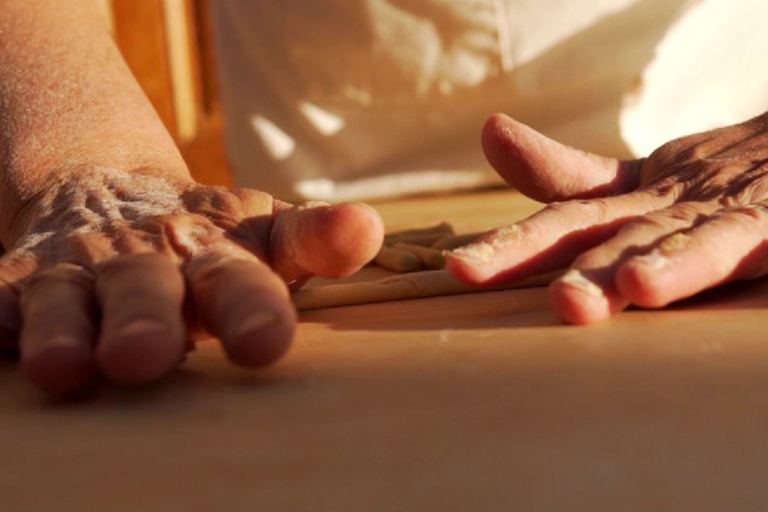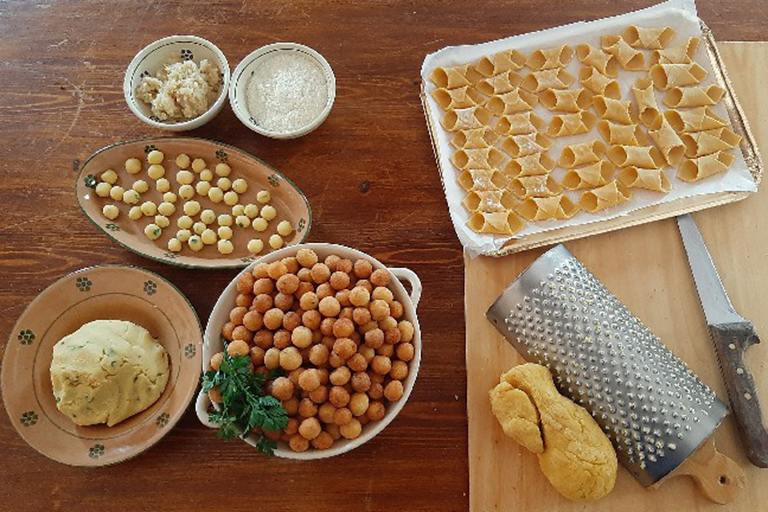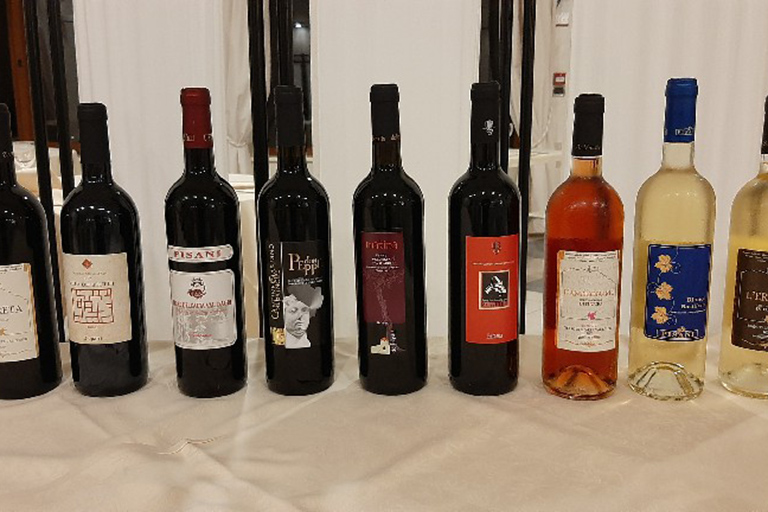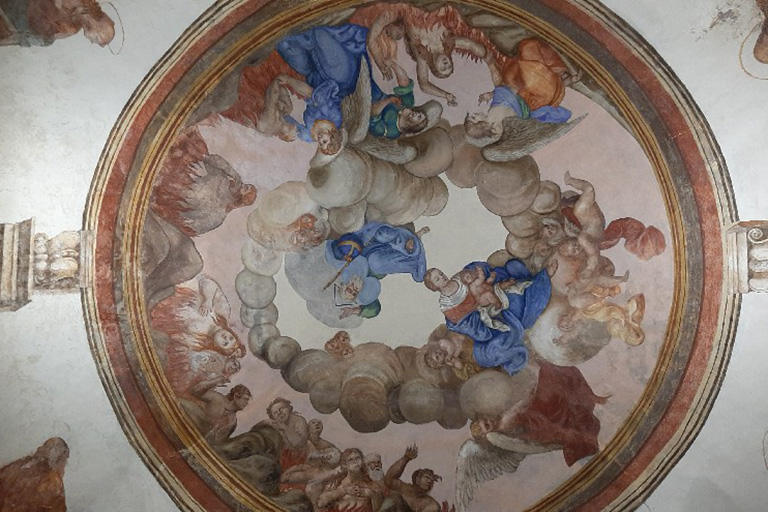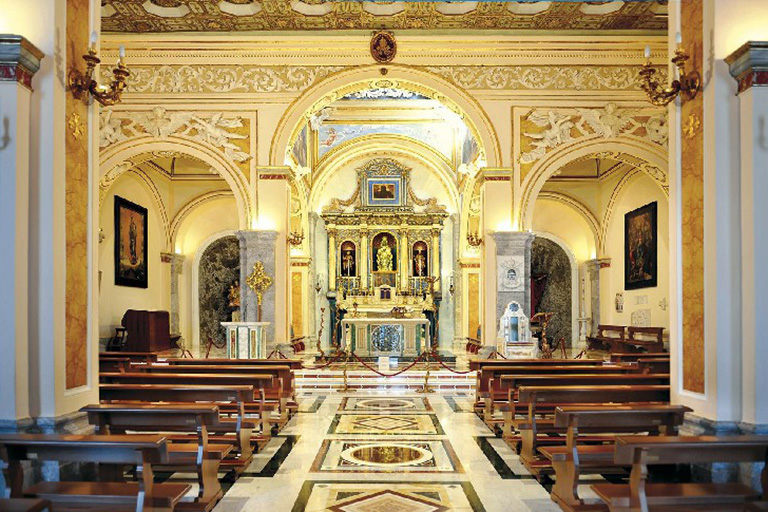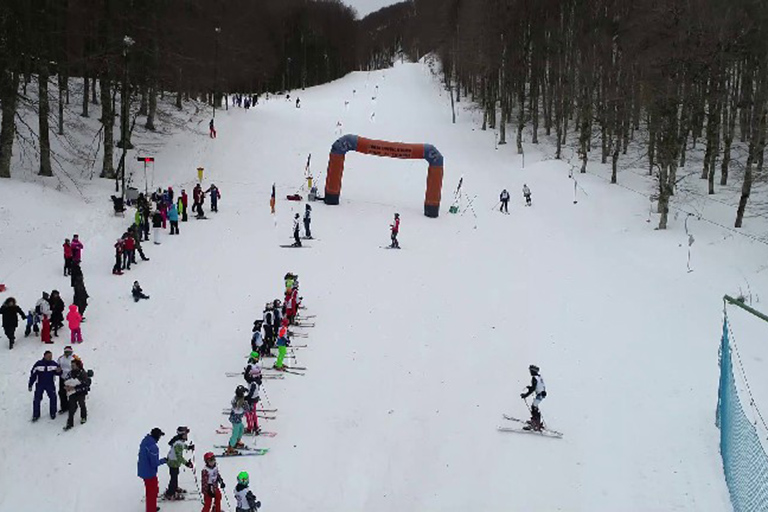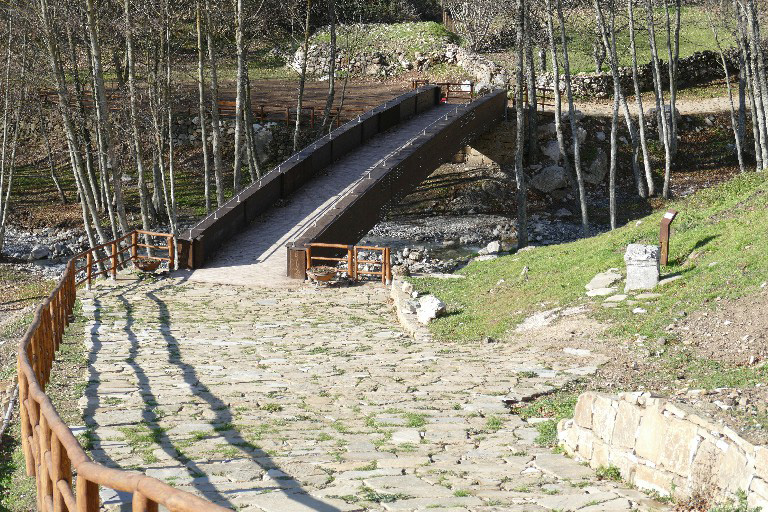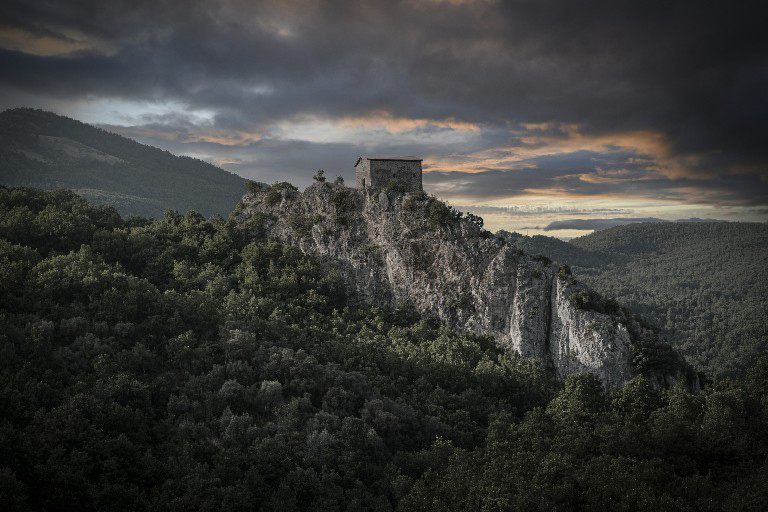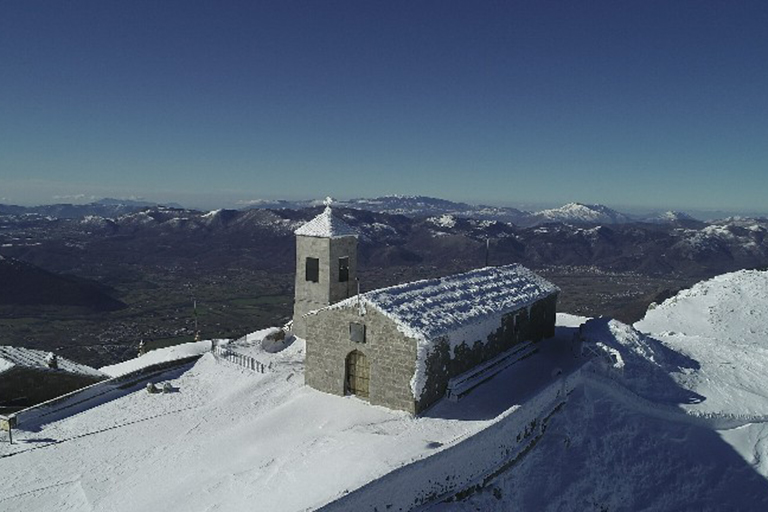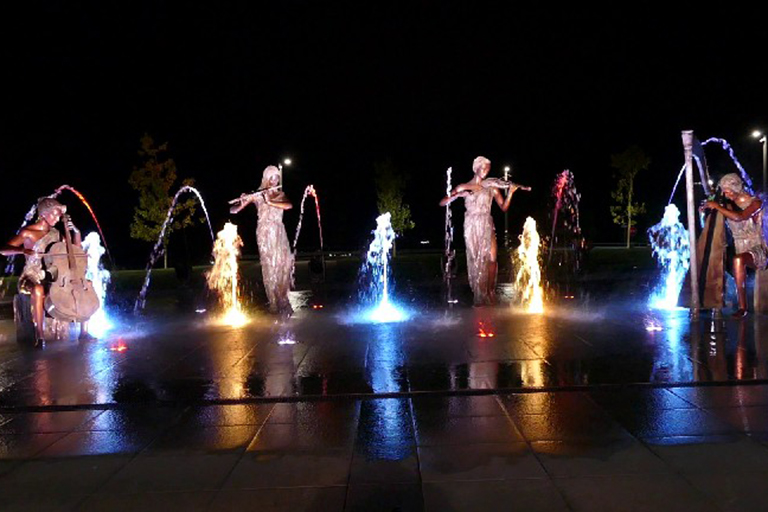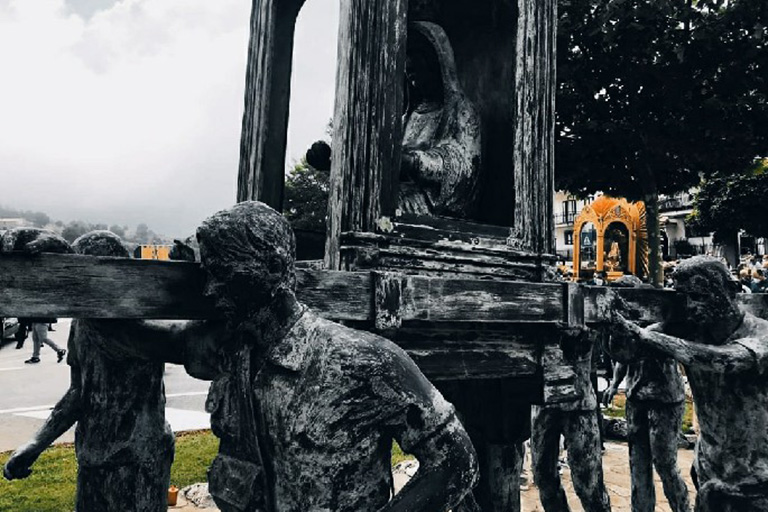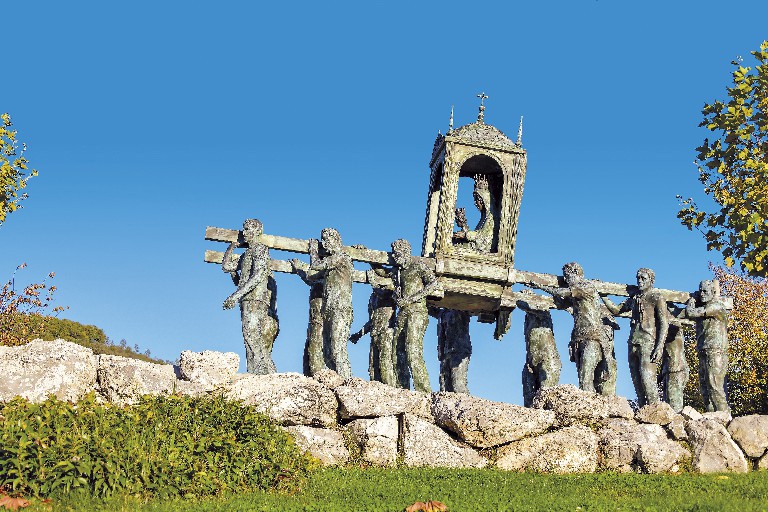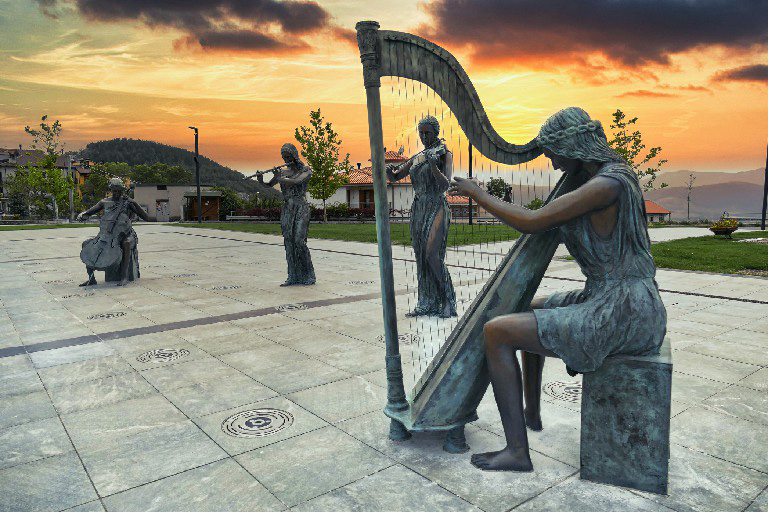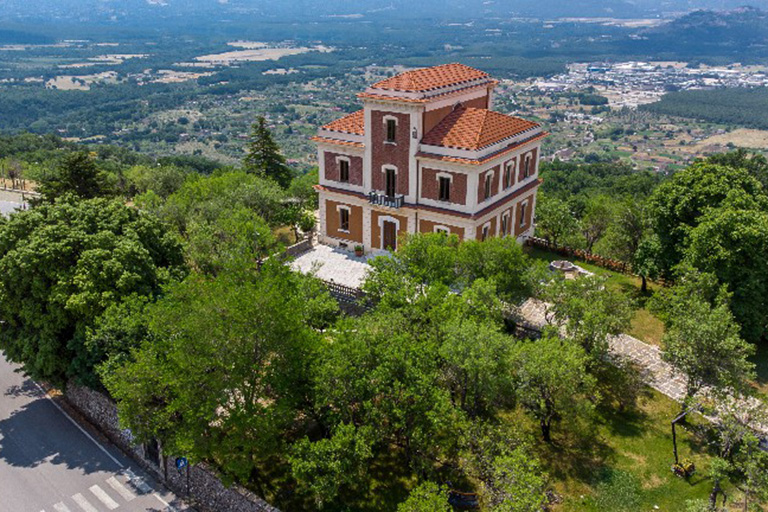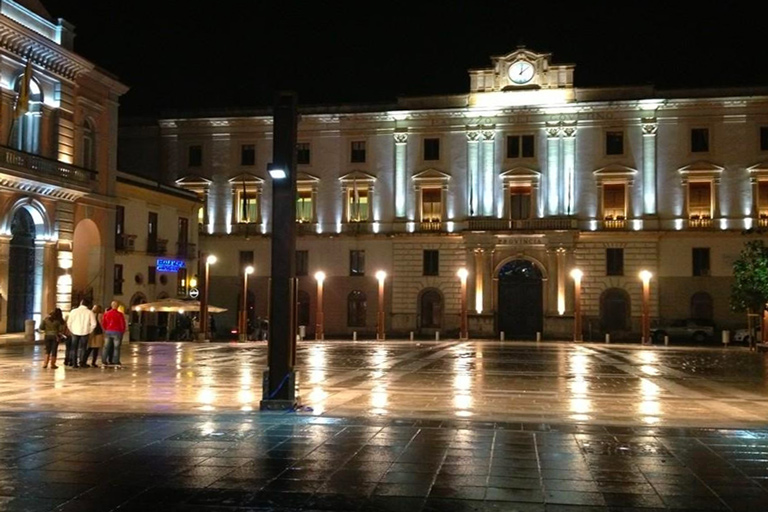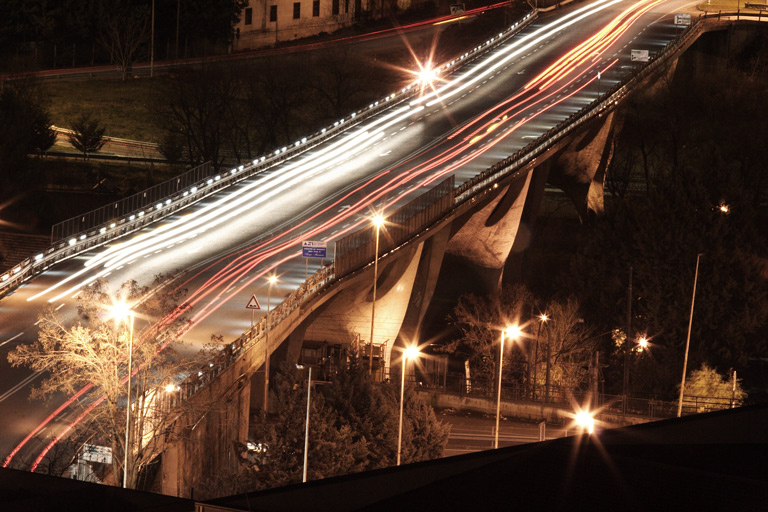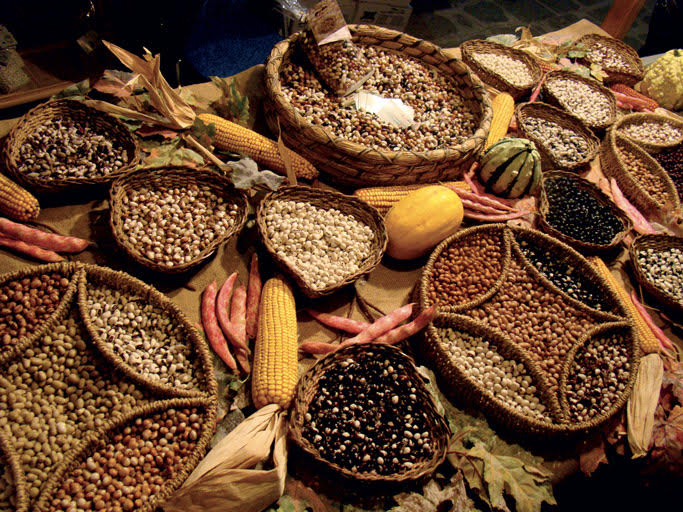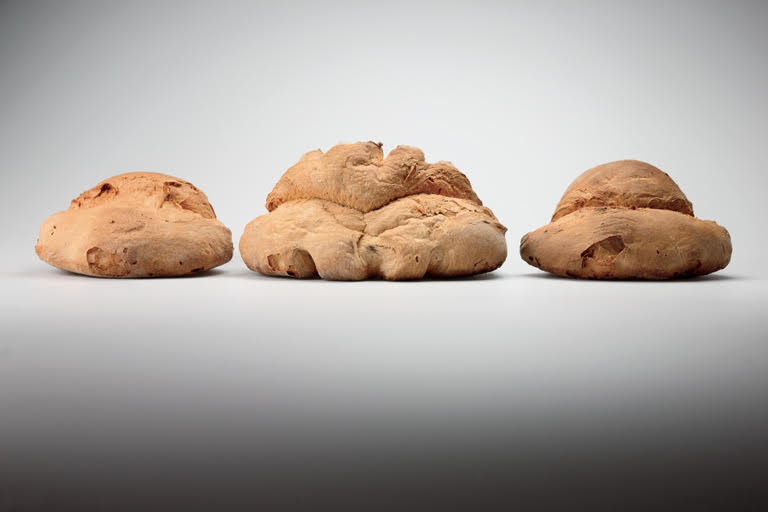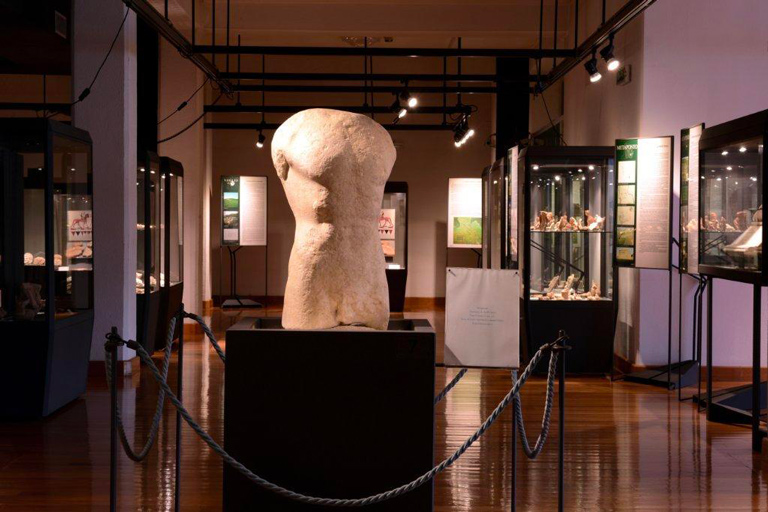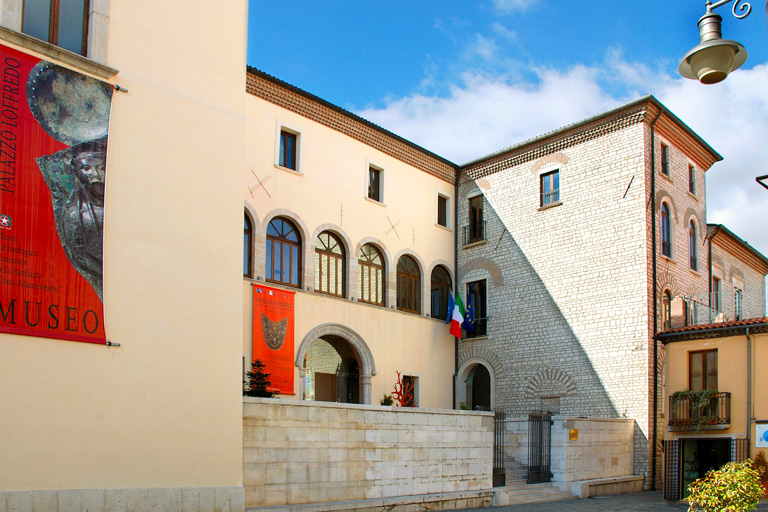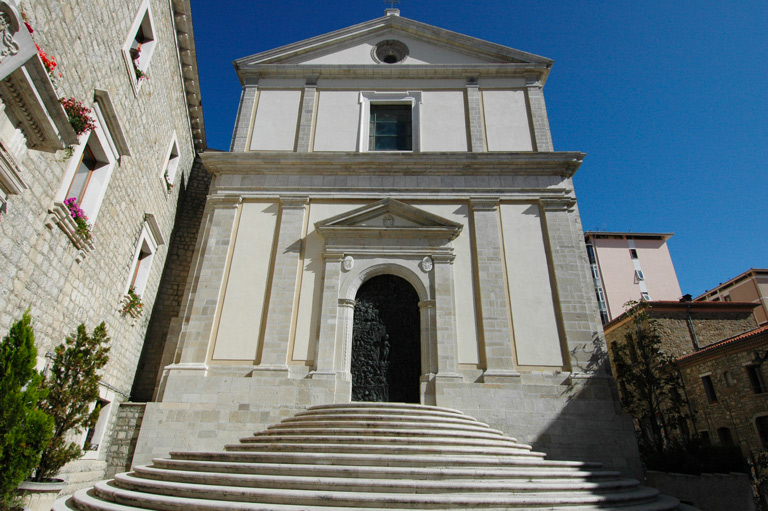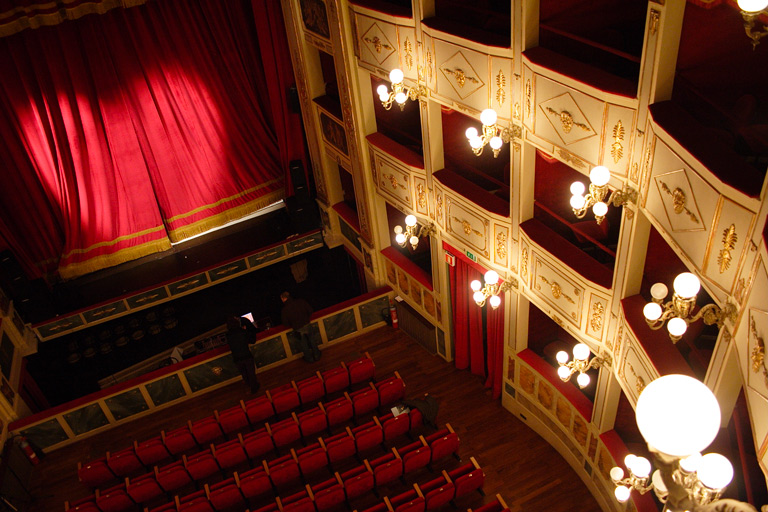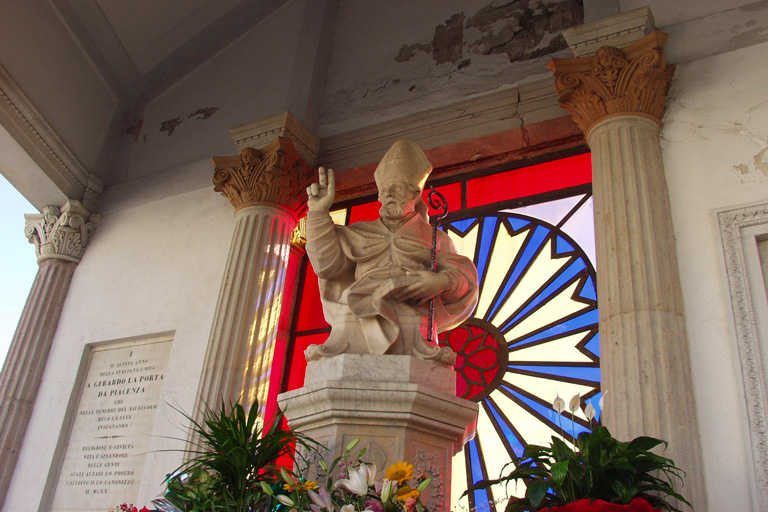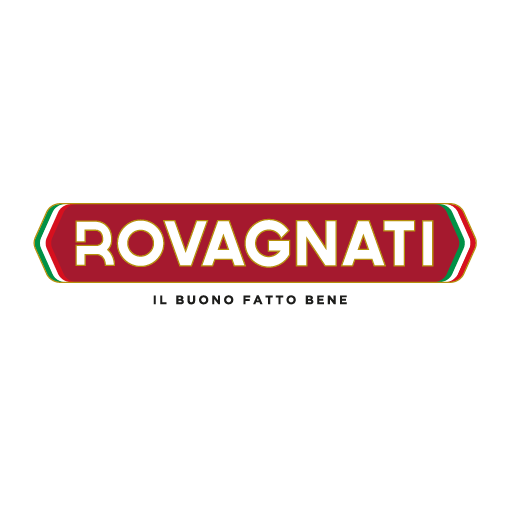profile
map
climb detail
itinerary timetable
tourist info
Host city:
VIGGIANO
Touristic information
Viggiano is located along the western ridge of the Alta Val d’Agri at 1023 meters above sea level. The country is strongly linked to its roots: the Marian cult and the double annual procession for the Virgin Mary from the village to Monte Sacro and vice versa. Recently, the candidacy process for the pilgrimage paths to the Sacred Mount of Viggiano as a UNESCO World Heritage Site was started. The municipality is included within the Appennino Lucano / Val d’agri-Lagonegrese National Park. Many areas of the natural landscape of the territory have been enhanced through improvement and recovery actions, in fact a path network, the so-called “tratturi”, has been identified and reopened, made safe and passable for hikers both on foot and on horseback. Particularly evocative and also accessible again, the path of the ancient mills testifies to the presence of ancient civilizations within the territory of Viggiano. Località Bocca di Alli can be considered the door of the mountain, as a crossroads of various paths, for this reason, a great work of naturalistic engineering was carried out which saw the enhancement of the funeral stone of Pactumeia, as well as the construction of a bridge walkway in laminated wood to allow the crossing of the Alli stream, right at the beginning of the Antico Tratturo della Madonna di Viggiano, restored, reopened and made available also in virtual format. Among the other paths made accessible again in the area, there are those of the Gorges, and of the Rupi Rosse (imposing rocky walls): it is found in the natural cavities of the cliffs that the Basilian hermit monks used to retire in meditation. A path full of spirituality and history.
Gastronomy
The “main” dish of the Viggianese culinary tradition is certainly Ferricello (U Frrcidd ‘) seasoned with breadcrumbs and walnuts. However, the variants with breadcrumbs, walnuts and cruschi peppers (in white) or with meat sauces flavored with excellent pecorino cheese, chilli and horseradish (horseradish, root that gives the dishes a characteristic flavor, strong and decisive) are also very popular. Since 2017, the Viggianese ferricello has been a De.CO brand product, thanks to a specification that represents the pivot around which the system of awarding quality awards revolves. Later, in 2020, the ferricello obtained the P.A.T. (Traditional Agri-food Product)
Other typical dishes of the Viggianese culinary tradition are the following:
Cazun’ (Ravioli): Ravioli stuffed with ricotta and parsley served with tomato sauce.
Currisc’ (Tagliatelle): Tagliatelle prepared with home-made pasta (with a slightly wider thickness than standard formats) always served with tomato sauce and small pieces of meat.
Scarpuncidd’ (Scarponcini): Pasta format prepared with the same dough as ravioli but rectangular in shape. The two opposite edges are taken and closed, thus making a format very similar to a cannolo. They are considered the ancestors of Dry Pasta and are so called because they recall the shape of the shoes of the ancient Viggianese shepherds.
Trighidd’ (Cavatelli): Homemade small-sized pasta (the classic is spread with two fingers while there are variants with four or eight fingers). It is seasoned with tomato sauce and pieces of meat (Ndrupp’c)
Trighidduzz’ (Cavatellini): Homemade very small pasta (single finger cavatelli). It is seasoned with legumes.
Tagliulin’ (Taglierini): It is a sort of thinner and finely sliced noodle seasoned with legumes. Less used but still present, the variant seasoned with milk.
Potatoes: Spheres or balls of about 1cm prepared with boiled potatoes with the addition of aged pecorino, egg and parsley. This dish can also be served in broth with the addition of small pasta shapes (the so-called ‘Mbilband) and can serve as a single dish.
Cazz’marr’ : rolls with kid or suckling lamb entrails
P’prussa crusc’ : Dried peppers
Beverages
The extraordinary dishes described above are accompanied at the table by the DOC wine “Terre dell’Alta Val d’Agri”.
Terre dell’Alta Val d’Agri was born thanks to the idea of some small wineries in the Val d’Agri who wanted to take up the challenge of preserving and enhancing the millenary tradition that concerns the history of this area. Specifically, there are a dozen labels curated by local producers, mostly red wines but there are also some whites and rosés. The prevailing tasting profile is that of a wine with an intense flavor but which presents itself pleasantly to the nose thanks to an accurate spiciness with different varieties of fruit. A wine with an elegant and harmonious body, velvety on the palate, dry and with a long persistence.
The production area includes the entire territories of the municipalities of Viggiano, Moliterno and Grumento Nova. The “Terre dell’Alta Val d’Agri” DOC was established in 2003 with a Ministerial Decree. The official varieties grown in the affected area (215 total hectares) are mainly red such as Merlot, Cabernet Sauvignon and Malvasia di Basilicata. In particular, there are three types of wine that are made: the “Red”, which can be aged for at least one year. The “Rosso Riserva” which ages for two years and the “Rosato” which also includes the use of Malvasia Bianca di Basilicata.
Recent studies (2011-2018) have shown how the wine production area falls within the same classification as the Rio Negro Wine Region in Argentina, where (as in Val d’Agri) night temperatures are very low. During each summer, in the second half of August, the “Vino Sotto Le Stelle” event is particularly interesting and evocative. It is a tasting itinerary through the streets of the historic center of Viggiano, through which tourists and enthusiasts can appreciate the different qualities of wine masterfully combined with the products of the gastronomic tradition of the valley.
Main Sights
Viggiano is a reference point for all mountain lovers who choose this location for summer and winter holidays. It is important to point out the “Montagna Grande di Viggiano” ski area (in operation throughout the winter season), just a few kilometers from the town center. In recent times it has been possible to increase the attendance in the mountains, during the winter months, thanks to the organization of specific ski courses aimed at school groups and young people from all over Italy. Another theme of great importance is that linked to the musical tradition: the Viggianese harp. Within the municipality, at the Villa del Marchese (recently renovated historic residence that often hosts exhibitions and cultural events), in fact, there is the Scuola dell’Arpa Popolare Viggianese which preserves and protects the identity and history of every citizen. of Viggiano in the world. Among the things to see in Viggiano we include the Monument in honor of the Madonna and her bearers: it can be admired at the entrance to the town in the large Piazza San Giovanni. It is a unique work of its kind: thirteen life-size male figures accompanying the icon of the Black Madonna on a pilgrimage to the summit of the Sacro Monte. Also in Piazza San Giovanni, we find the splendid “Fountain of music” with plays of water and lights that move in time. And even more splendid are the four bronze statues – lifelike and incredibly realistic – depicting fascinating barefoot women playing musical instruments: the violin, the transverse flute, the cello and of course the harp. Another noteworthy place is the Covered Square: inside it is possible to view the permanent exhibition dedicated to the Madonna. Furthermore, we cannot fail to mention the Castle. Built in the Frederick era, it was severely damaged by the earthquake of 1857, today some sections of the perimeter walls remain visible. A recovery project is underway with the collaboration of the Archaeological Superintendency. Bas-reliefs depicting the musical tradition can be seen on the portals of some houses in the historic center and in the keystones of the arches. The most important historical-cultural building is certainly the Basilica, which has taken the place of the old Church of S. Maria alle Mura (or Chiesa del Deposito) destroyed by the earthquake of 1673. In any case, it is very important to highlight the presence of the Rock Church of S. Maria la Preta: founded in the 8th century AD by the Basilian monks fleeing from Sicily, at the time it was occupied by the Saracens. The structure was rebuilt after the year 1000, during the Gothic period. It is the oldest church in Viggiano. With the recent restoration work and external arrangement this site is once again accessible to tourists. Rewinding our gaze inside the village, we can admire the “Francesco Miggiano” theater: it looks like a real jewel, a precious treasure chest that is offered to the community with a modern and innovative structure on several levels with stalls and gallery for a capacity of 90 seats. It is housed within the architectural complex of the Morticello or Church of the Good Death (from the name of the Confraternity that resided in the Church). In conclusion, it is worth mentioning the New Sports Complex which includes the Territorial Federal Center (FIGC) of Viggiano, the PalaVejanum (Sports Hall which hosts sporting events on the national stage) and the Great Viggiano Swimming Park.
POTENZA
Touristic Information
The capital of Basilicata for over two centuries, Potenza is the highest regional capital in Italy at 819 metres above sea level. Elegant and welcoming, the city revolves around its thousand-year-old historic centre, made up of old and new buildings that climb up on the hill, ancient gateways and medieval towers, historic stone staircases and modern escalators, stately palaces and authentic little squares, narrow alleys and cobbled streets, as well as museums and art galleries, such as the “Dinu Adamesteanu” National Archaeological Museum, housed in the historic Palazzo Loffredo.
In the central Piazza Mario Pagano, recently renovated on a design by the famous architect Gae Aulenti, stands the theatre dedicated to the Potentine musician Francesco Stabile, built in 1857 in the image of the San Carlo theatre in Naples.
In May, then, the city is enveloped in a magical atmosphere that revolves around the preparations for the celebrations in honour of its patron saint, San Gerardo Vescovo da Piacenza, celebrations that are intertwined with the historic Parade of the Turks, a parade that retraces the crucial moments in history, loudly narrated by entire generations of the capital, which sees the city’s patron saint repel with a blinding glare the invasion of the Turks who silently came up the Basento river.
Gastronomy
Basilicata’s traditional cuisine features a broad variety of specialities: From strascinati, homemade pasta served with tomato sauce or in other delicious and unmissable recipes, to flavourful cheeses, produced by traditional methods, such as Pecorino cheese of Filiano (PDO), Canestrato of Moliterno (PGI), ricotta, scamorza and caciocavallo (gourd-shaped cheese), and to pork sausage, such as the “lucanega” variety, already known in ancient Rome. Matera bread (PGI), with its fragrant flavour and characteristic shape that reminds Murgia landscapes, is really worth trying. Other delicious specialties include: black, oven-dried olives from Ferrandina area, baccalà (dried salt-cured cod) from Avigliano, optimum mineral waters from the springs of Mount Vulture, Rotonda red eggplant PGI, Sarconi bean PGI and Senise pepper PGI. Fresh seasonal fruit is a recurrent motif on the table: citrus fruits, strawberries, peaches, pears and grapes are only some of the varieties cultivated on the plains around Metaponto.
Beverages
In Basilicata, when you sit down to eat, you combine the flavour of unique specialties, seasoned with a drizzle of “Vulture” DOP Extra Virgin Olive Oil, with a delicious, full-bodied, intense and smooth wine. In fact, one of the best wines in southern Italy comes from the hills of Vulture: Aglianco del Vulture DOC.
The origins of this fine wine, which today is counted among the best in Italy and Europe, date back to the times of Magna Graecia. The vineyards are located on the slopes of Monte Vulture, an extinct volcano that gives the wine its unique and distinctive character. Aglianico del Vulture, whose “Superiore” variety was awarded DOCG status in 2010, is the perfect accompaniment for the highly regarded local cuisine and strong traditional flavours.
Basilicata boasts 3 other wines bearing the DOC mark and well representing the regional variety: “Terre dell’Alta Val d’Agri” wine, produced in the Val d’Agri district and available in Red, Red Riserva and Rosè varieties; “DOC Matera”, which takes its name from the town of Sassi but is also produced throughout the province, from the Ionian Coast to the Murgia gorges; “Grottino di Roccanova”, named after the ancient caves where the wine is traditionally aged.
Main sights
POTENZA – The “Dinu Adamesteanu” National Archaeological Museum
The Museum is located in the prestigious Palazzo Loffredo, the most important historical building in Potenza, which also houses the Municipal Gallery and the Celestine Chapel.
Dedicated to Dinu Adamesteanu, a scholar of international renown and the “founder” of Lucanian archaeology, the museum is an important showcase for the regional museum network, consisting of eight national archaeological museums, to which the exhibition on the first floor is dedicated.
At the entrance you can admire the exhibitions: “Dinu Adamesteanu, the man and the archaeologist. From Dobruja on the Black Sea to Siritide on the Ionian Sea” and “Invitation to the Prince’s House. Archaeology in Tito, Satriano Tower”.
POTENZA – The Provincial Archaeological Museum
The museum exhibits archaeological finds from excavations in Basilicata with findings dating from prehistoric to late Roman times and extending into the Middle Ages.
On the ground floor it is possible to visit the archaeological exhibition “The eternal renewal of life; signs and symbols” with artefacts from the Neolithic to the Middle Bronze Age, from the Latronico Caves, and to admire part of an aedicula funerary stele with an Oscan inscription in Greek characters, from Anxia (Anzi).
The inner garden hosts a significant exhibition of the Lapidarium, with honorary and funerary inscriptions in Latin related to the Roman Potentia of the period between the Republican and Late Antique periods.
POTENZA – The Cathedral of San Gerardo
Built in 1197, the cathedral dedicated to the city’s patron saint stands on the remains of an early Christian basilica. Its current neoclassical appearance dates back to the end of the 18th century, designed by architect Antonio Magri, a pupil of Vanvitelli.
The main façade is very beautiful, with a fine portal with two bronze doors and a small rose window, probably belonging to the older church, dedicated to Our Lady of the Assumption until the middle of the 13th century.
The cathedral has a Latin cross plan with a single nave and ten chapels distributed around its perimeter, including one dedicated to Saint Gerardo la Porta di Piacenza, the patron saint of Potenza.
Upon entering this beautiful temple, one’s gaze is drawn to the exquisite frescoes decorating the vault by painter Mario Prayer (1933-1934). The crypt of the high altar is also of particular interest.
POTENZA – The Teatro Stabile
Listed among the region’s artistic places of excellence, the theatre dedicated to the Potentine musician Francesco Stabile was proclaimed a “Lucanian Historical Theatre” in 2014.
The attentive visitor will notice that the theatre was built in 1857 in the image of the San Carlo theatre in Naples. Despite numerous restorations, the building has retained its original decorations that, together with the harmonious interior structures, make it a gem of its kind.
The ground floor, three tiers of boxes and the gallery enclose the orchestra and the stage on which many important cultural events and theatre shows are staged.
POTENZA – The Guevara Tower
The three-storey, twenty-metre-high building is located in the old town centre and is all that remains of an ancient castle (10th-11th century).
Under the Guevara family, counts of Potenza, the castle was donated to the Capuchin friars. In 1810, when the castle was taken away from the monks, it began to undergo numerous changes in its use and structural modifications, until it was completely demolished in the 1960s to allow for the building of a school.
POTENZA – The Musmeci Bridge
A prestigious “gateway” to the city, the bridge is named after the engineer who designed it around the end of the 1960s. Looking at it closely, one immediately realises that it is reductive to call it an “ordinary” bridge and that it would be more correct to consider it as a gigantic and refined sculptural work.
It does not rest on pillars, but on concrete waves forming a single vault and four contiguous arches, and this conformation has allowed internationally renowned artists and sportsmen to perform using the engineering features of this masterpiece of contemporary architecture.
Potenza and its patron saint, San Gerardo La Porta
The patron saint of Potenza, and of its archdiocese, is St Gerardo La Porta, the bishop who is credited by the population with repelling the invasion of the Turks with a blinding glare. Over time, the episode has become the focus of the festivities held every year in honour of the Saint. A parade full of myths and legends that intertwine with historical facts, sometimes to the point of complete confusion, retraces the crucial moments of that event. The historic Parade of the Turks is a travelling performance that fills the streets of the city on 29 May every year, with hundreds of costumed figures playing the roles of the various protagonists of this re-enactment.


